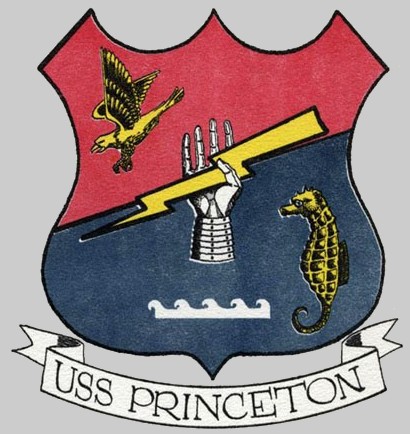 |
||
|
HOME
|
US Navy -
ships
|
US Navy - air
units
|
USMC - air
units
|
International
Navies
|
Weapon Systems
|
Special Reports |
||
|
US Navy - Aircraft Carrier CV 37 / CVA 37 / CVS 37, LPH 5 - USS Princeton |
||
|
||
| 01/20 | ||
|
Type, class: Aircraft Carrier, Essex class (long
hull) Builder: Philadelphia Naval Shipyard, Pennsylvania, USA STATUS: Laid down: September 14, 1943 (as Valley Forge) renamed Princeton on November 21, 1944 Launched: July 8, 1945 Commissioned: November 18, 1945 Decommissioned: June 21, 1949 Recommissioned: August 28, 1950 reclassified CVA 37 on October 1, 1952 reclassified CVS 37 on January 1, 1954 reclassified LPH 5 on March 2, 1959 Decommissioned: January 30, 1970 Fate: sold for scrap 1972 / scrapped at Zidell Explorations Inc., Portland, Oregon Namesake: Battle of Princeton (1777) Ships Motto: ? Technical Data: see: INFO > Essex class Aircraft Carrier - CV |
||
|
Deployments - Carrier Air Groups/Wings embarked: CV-37 July 1946 - March 1947 with Carrier Air Group 81 (CVG-81) - Western Pacific October 1948 - December 1948 with Carrier Air Group 13 (CVG-13) - Western Pacific November 1950 - August 1951 with Carrier Air Group 19 (CVG-19) - Western Pacific, Korean War March 1952 - November 1952 with Carrier Air Group 19 (CVG-19) - Western Pacific, Korean War CVA-37 January 1953 - September 1953 with Carrier Air Group 15 (CVG-15) - Western Pacific, Korean War CVS-37 November 1954 - April 1955 - Pacific Ocean January 1956 - August 1956 - Pacific + Indian Ocean July 1957 - February 1958 - Pacific + Indian Ocean June 1958 - December 1958 - Pacific Ocean > reclassified to Landing Platform, Helicopter - LPH 5 USS Princeton on March 2, 1959 |
||
| images | ||
|
LPH 5 (1959-70)  NASA Apollo 10 capsule recovery - Pacific Ocean - May 1969  NASA Apollo 10 capsule recovery - Pacific Ocean - May 1969 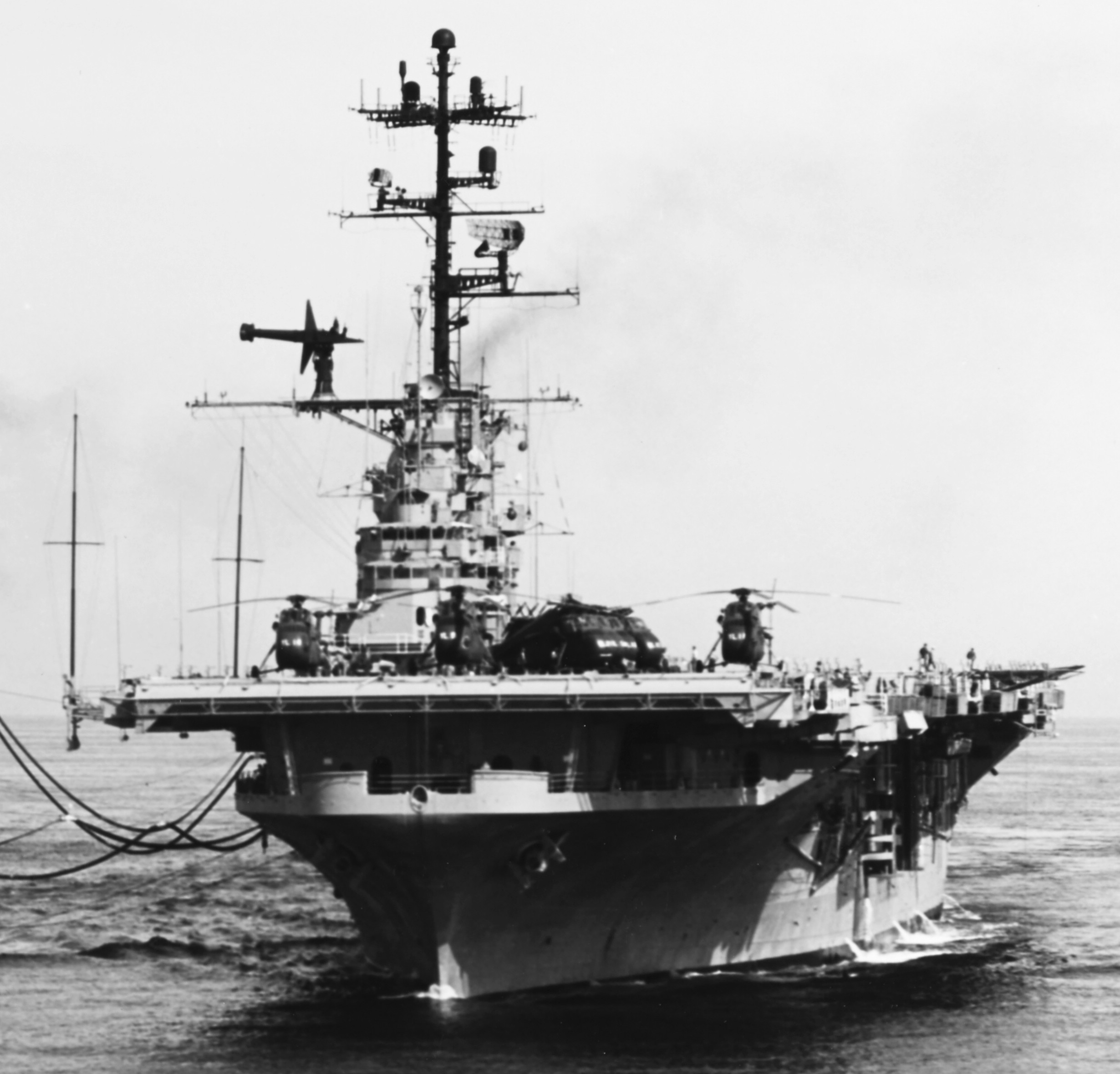 June 1968 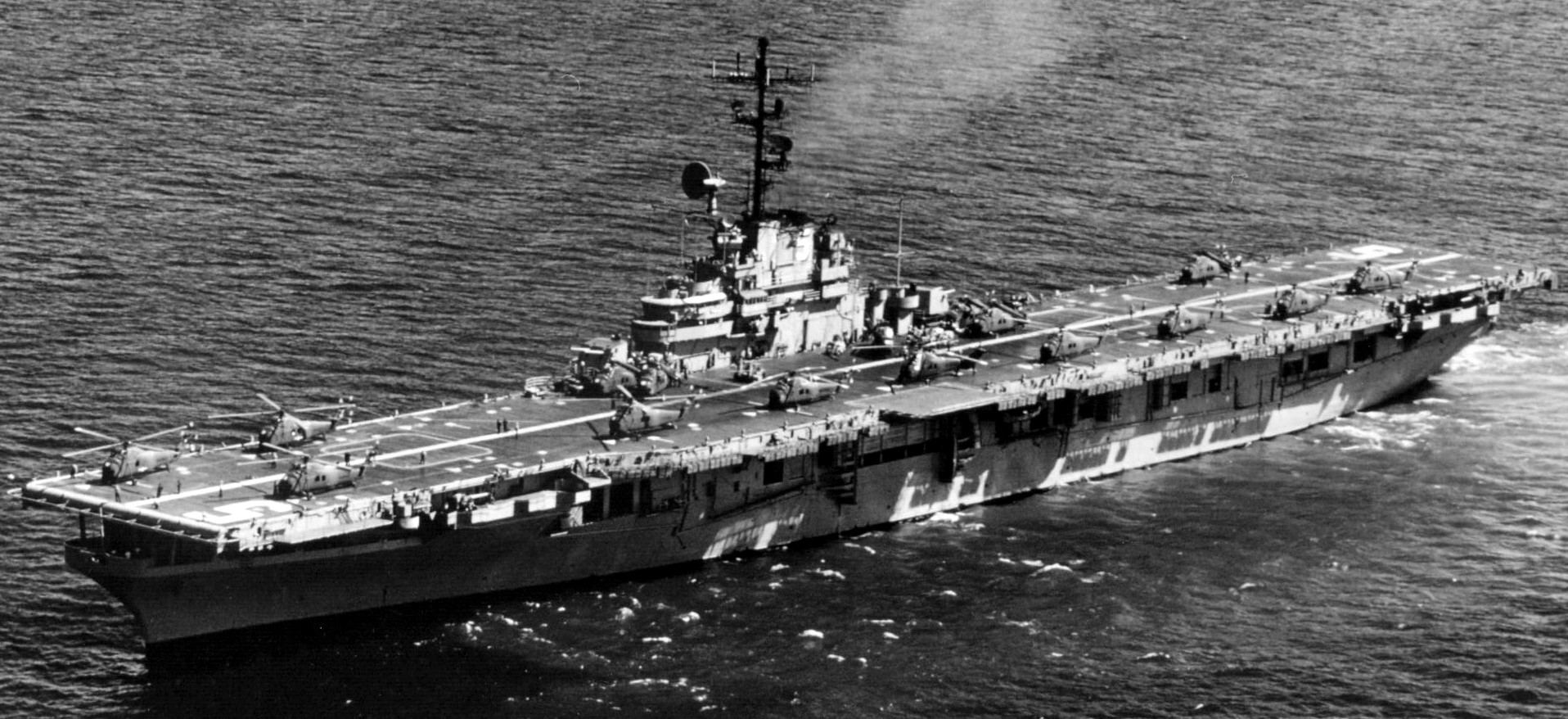 off South Vietnam - January 1967 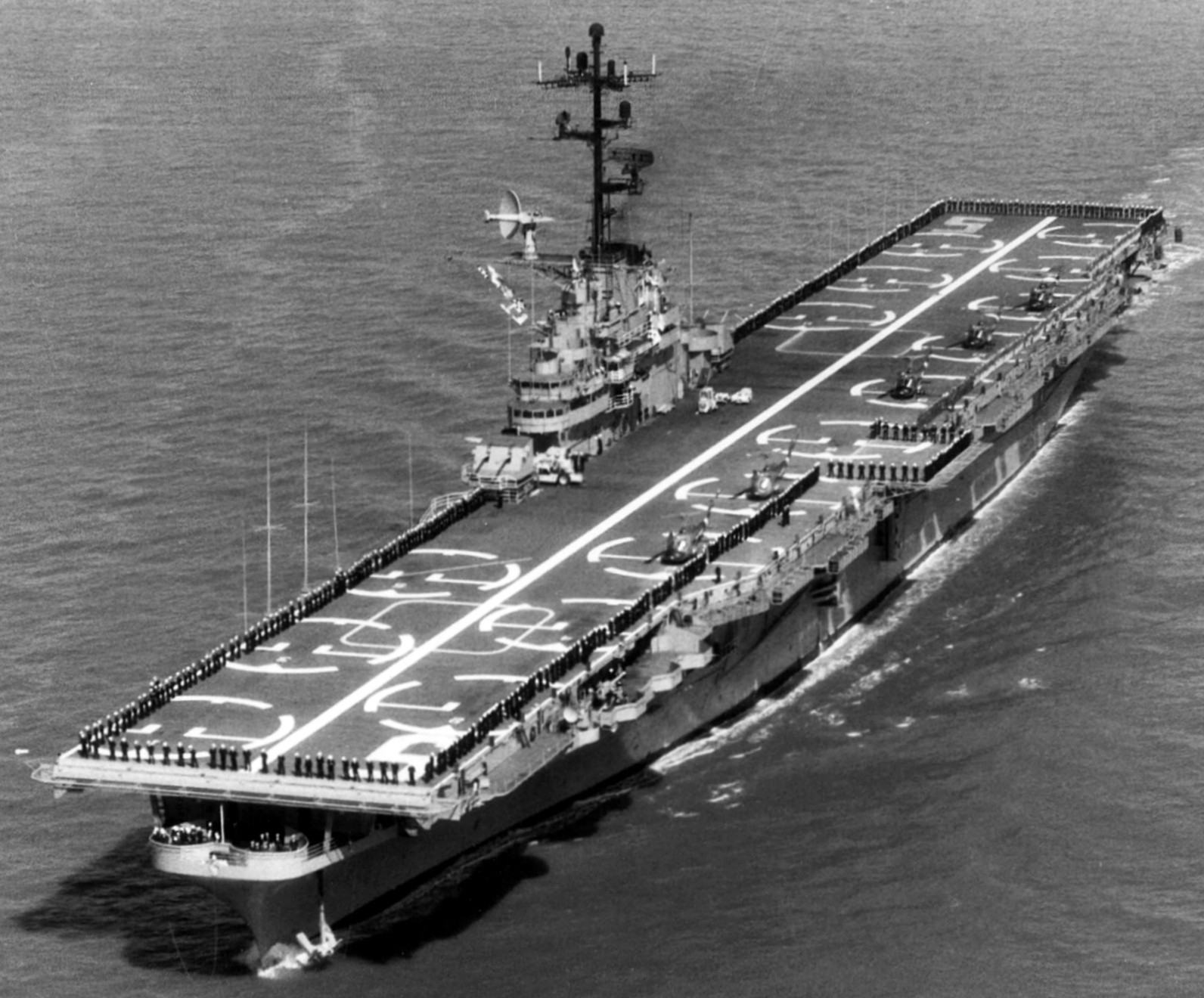 circa 1965 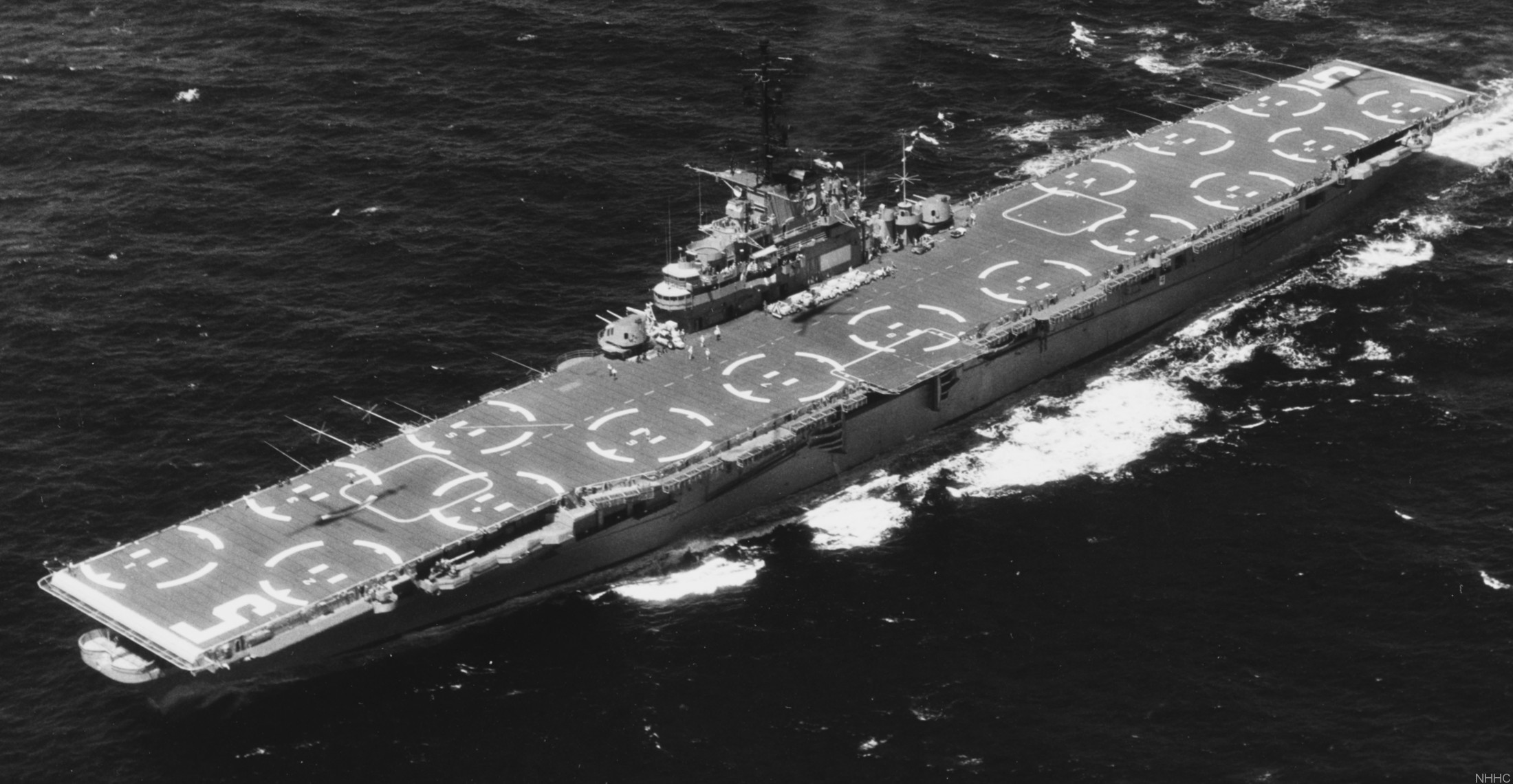 September 1962 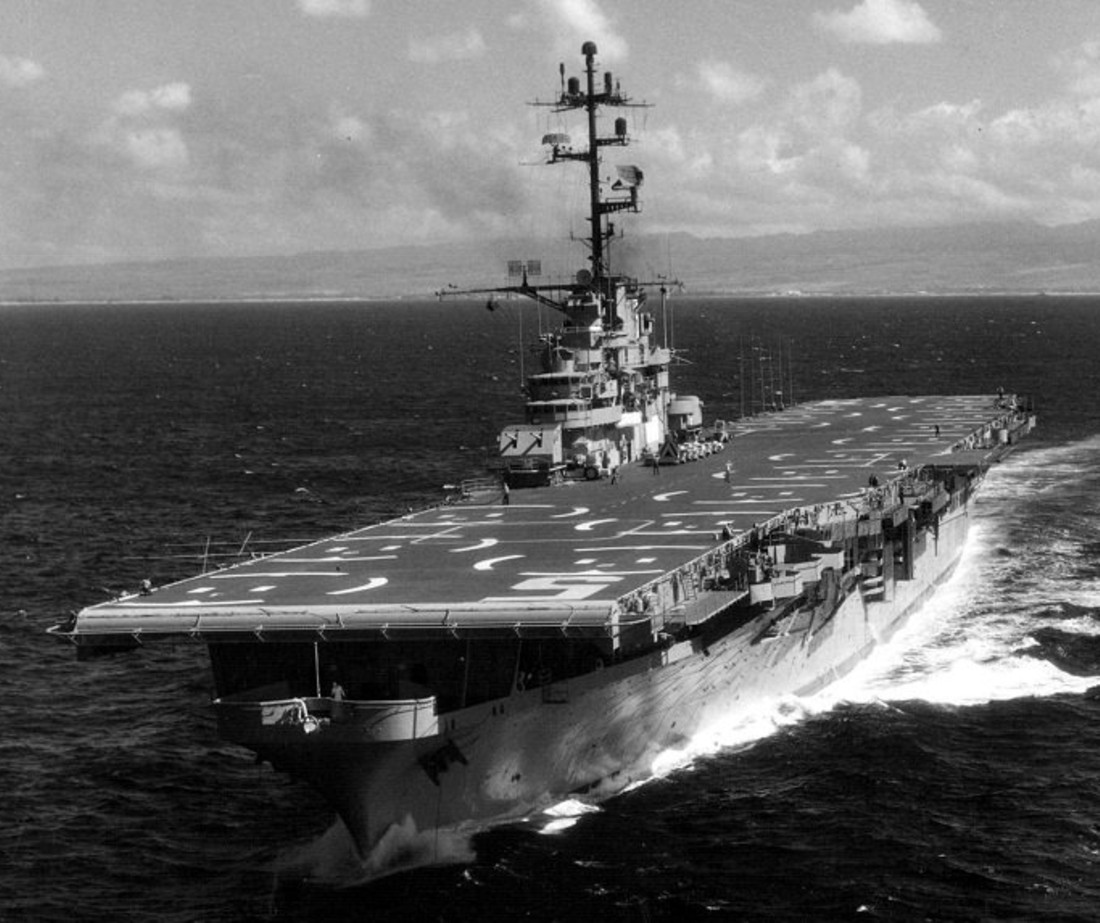 September 1962 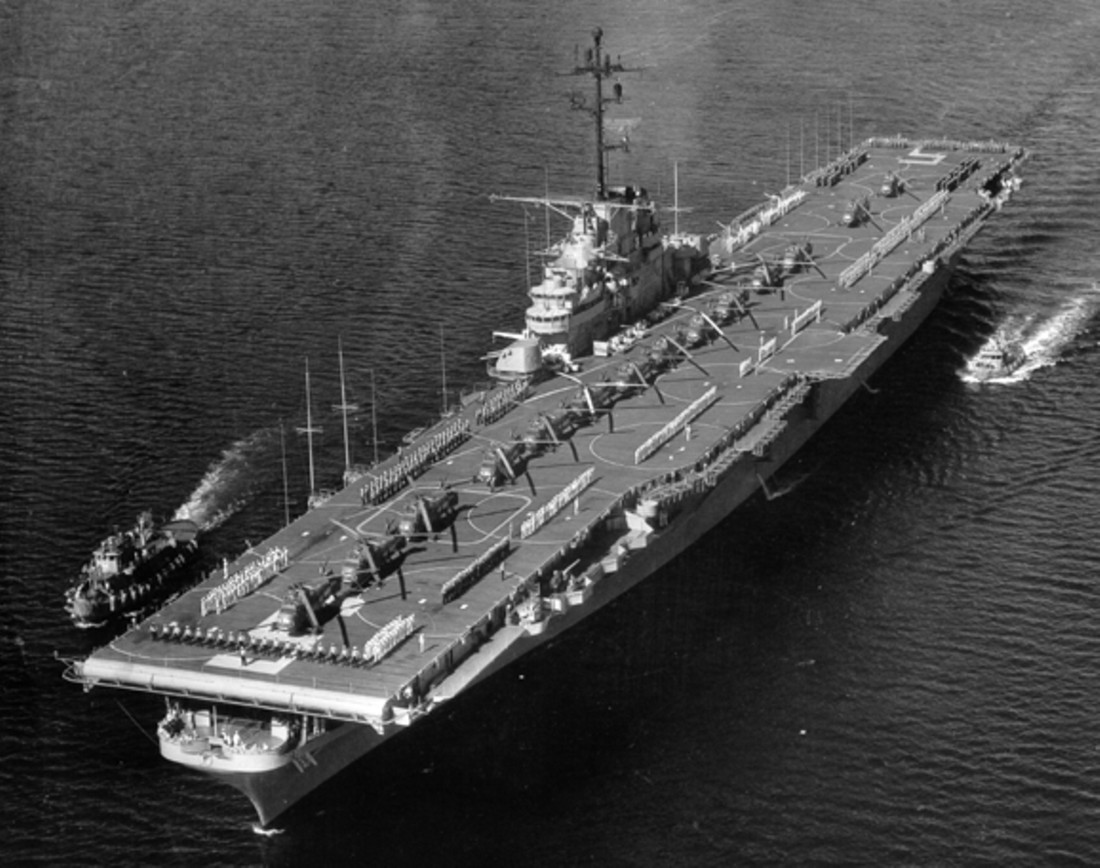 May 1962 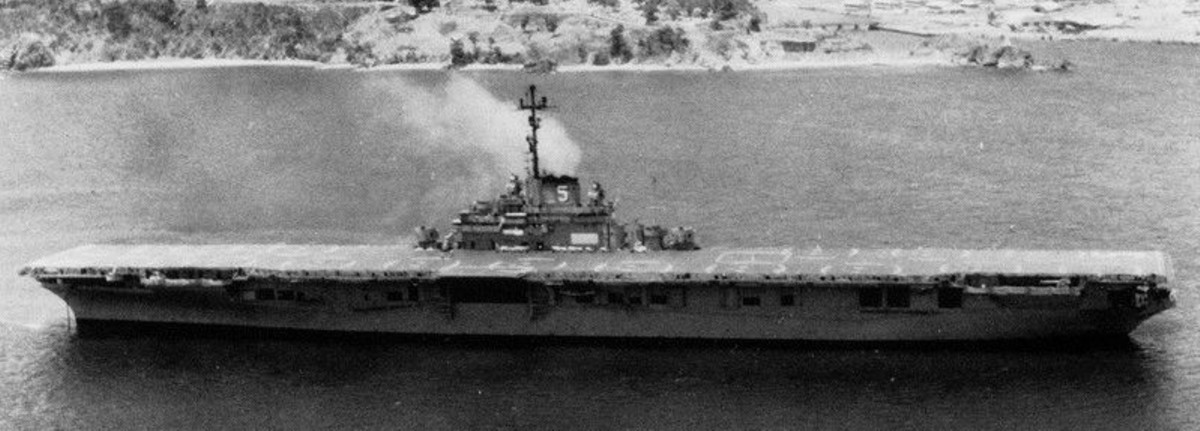 1962 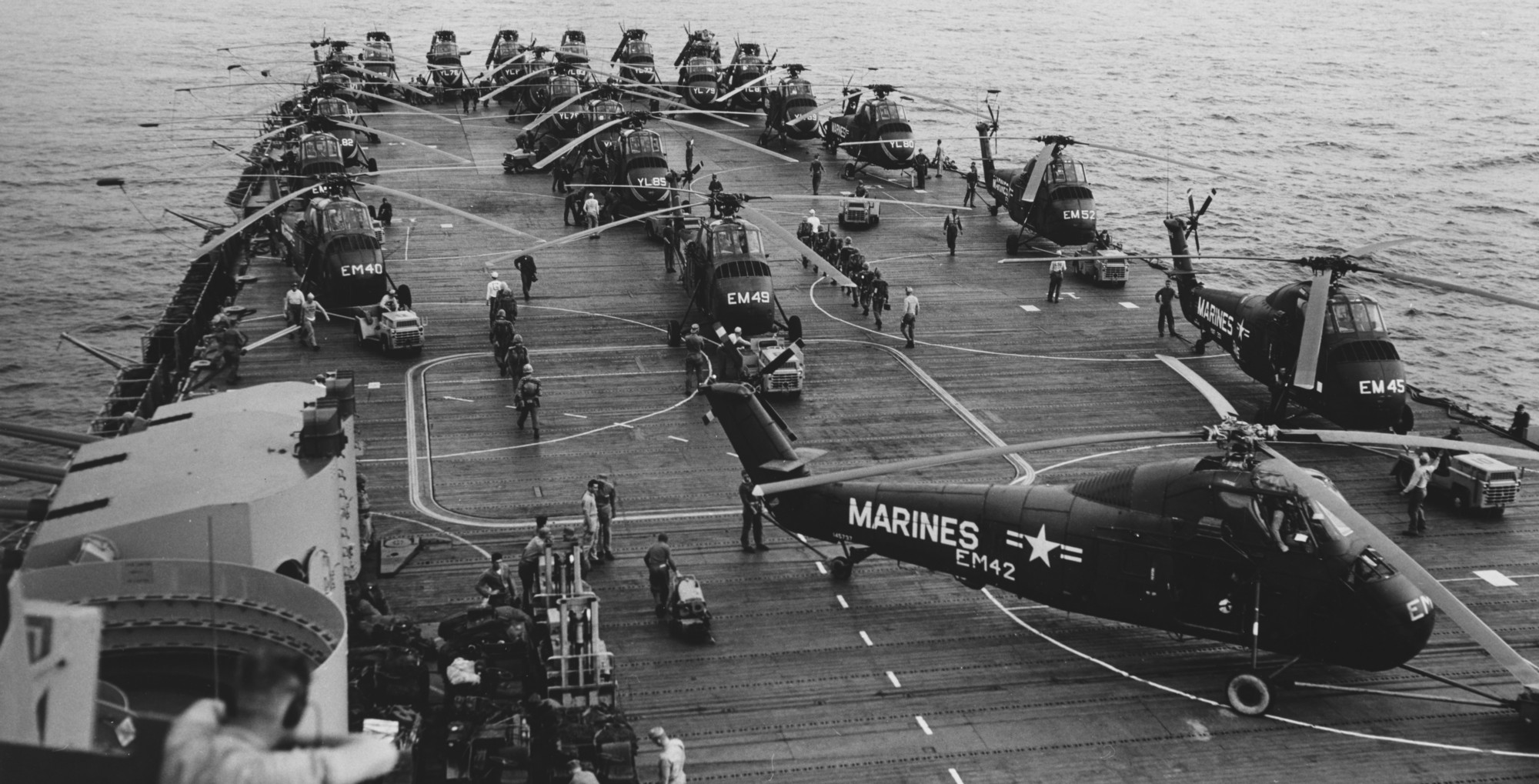 with Sikorsky HUS-1 Seahorse helicopters of HMR(L)-261 embarked - March 1960 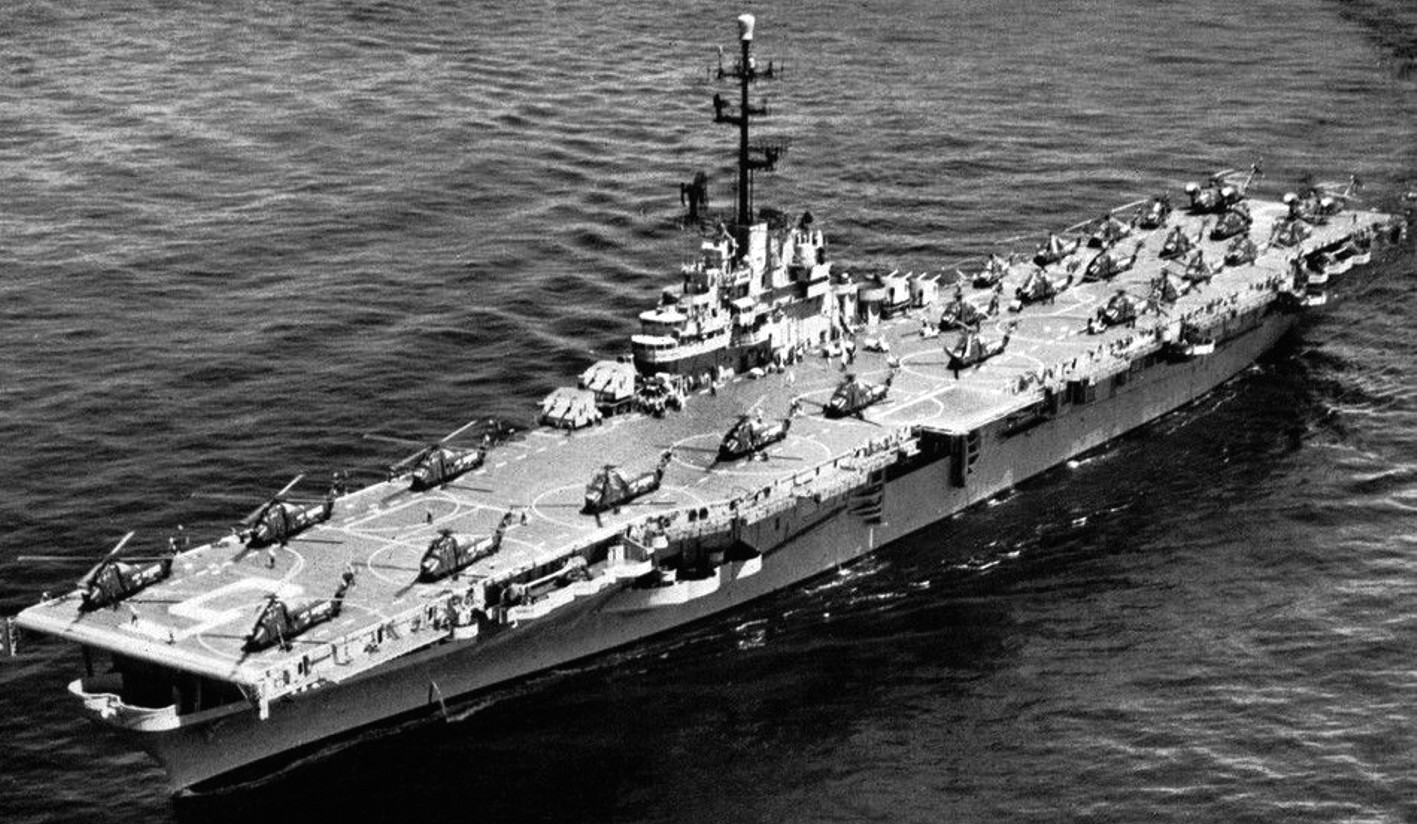 with Sikorsky HUS-1 Seahorse and HR2S-1 Mojave helicopters embarked - 1960 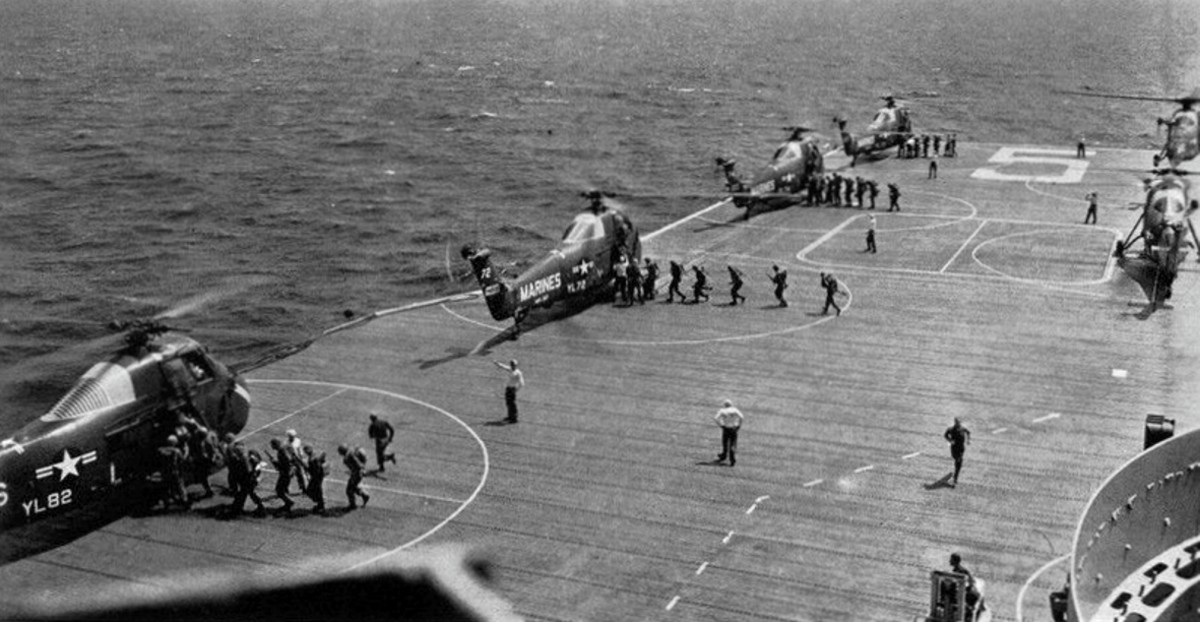 with helicopters of HMR(L)-362 embarked - 1960 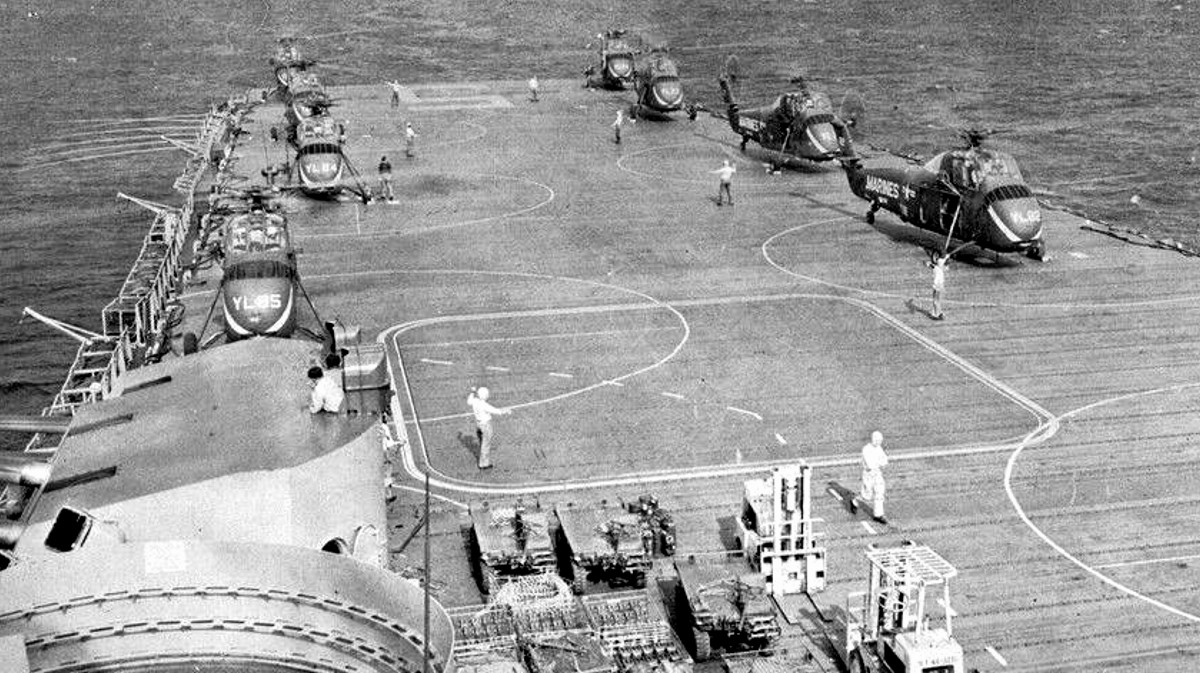 with helicopters of HMR(L)-362 embarked - 1960 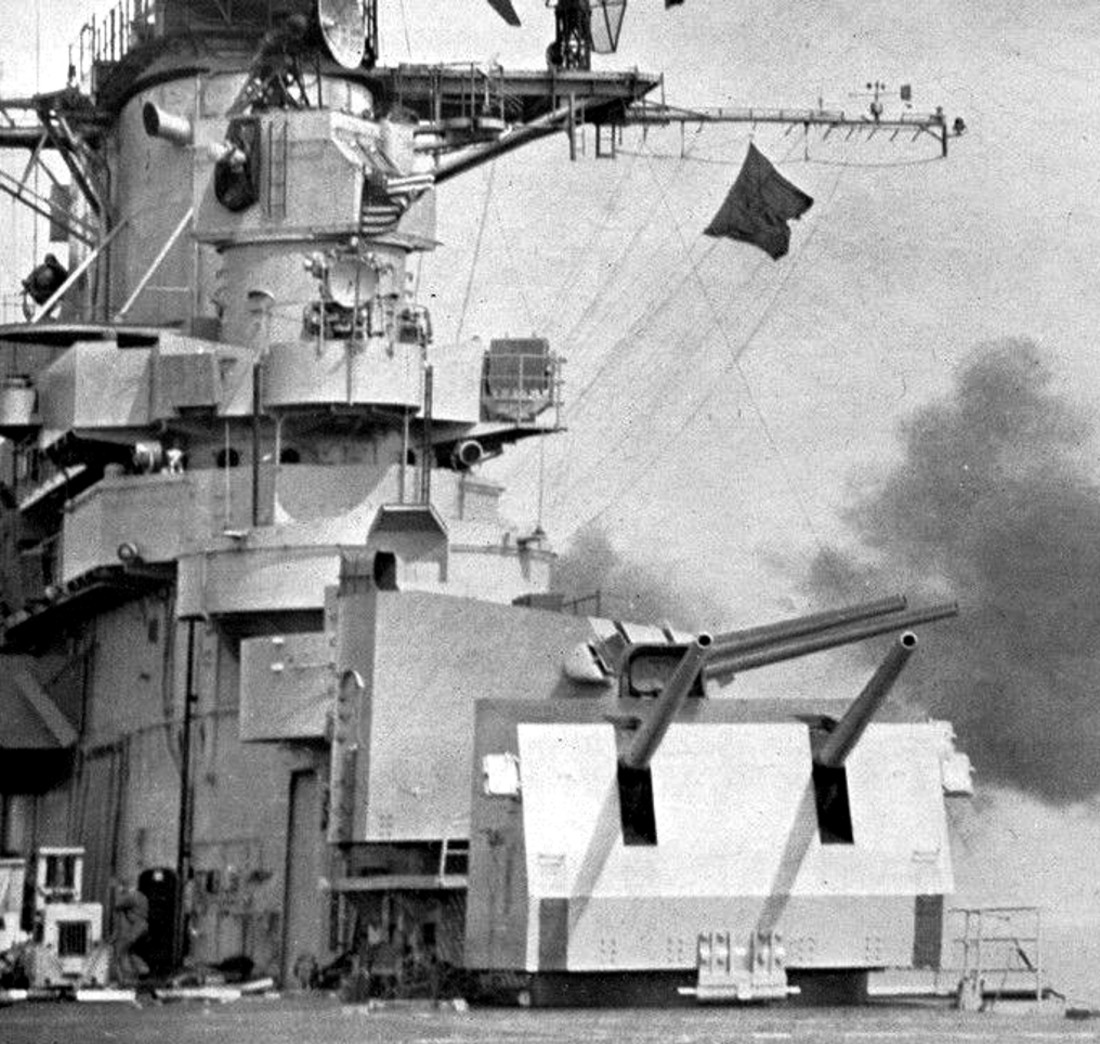 USS Princeton firing its aft 5" (127mm) guns - 1960's 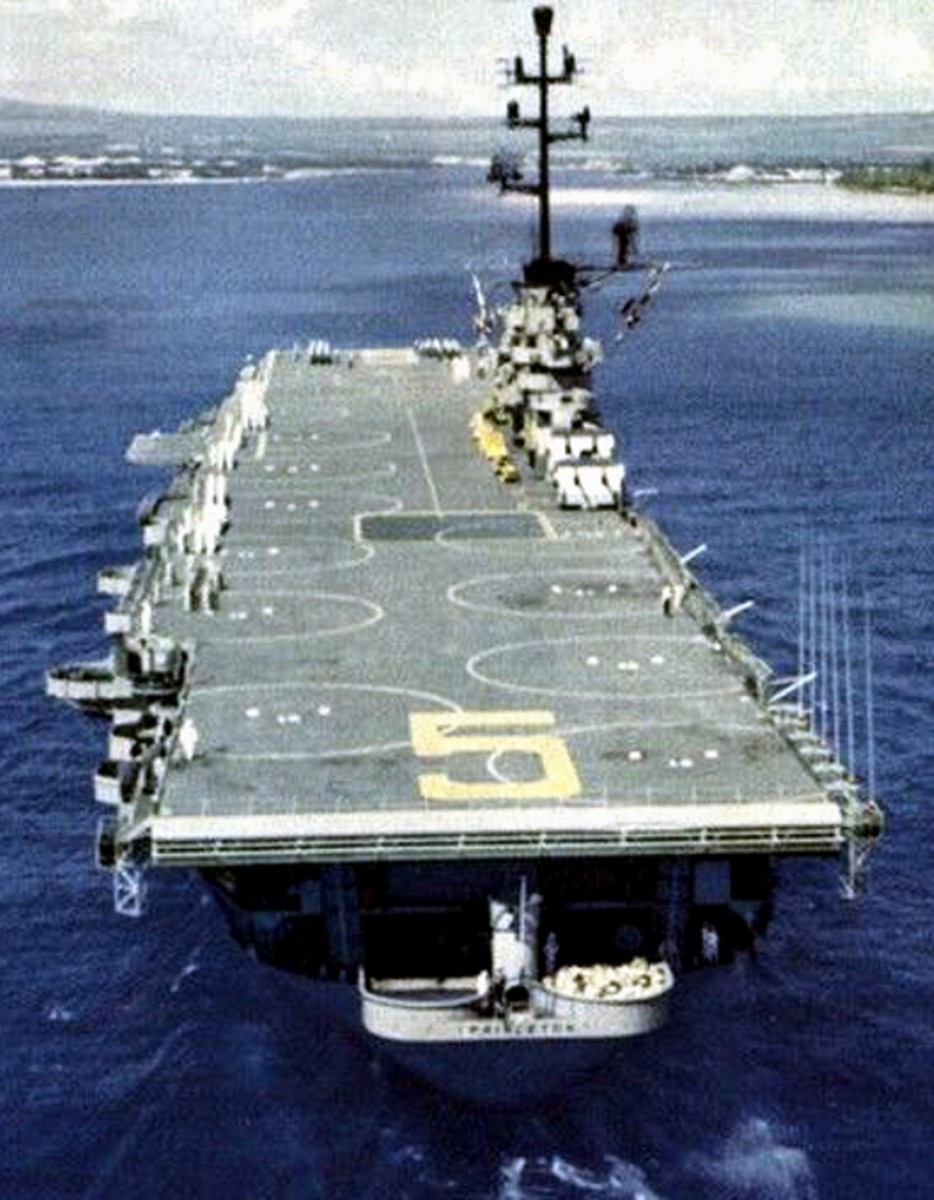 Pearl Harbor, Hawaii - 1960 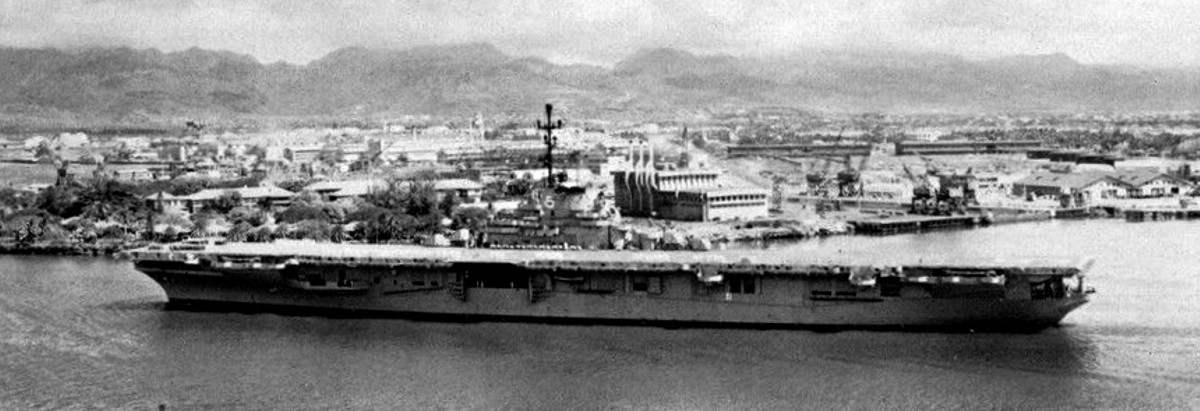 Pearl Harbor, Hawaii - 1960 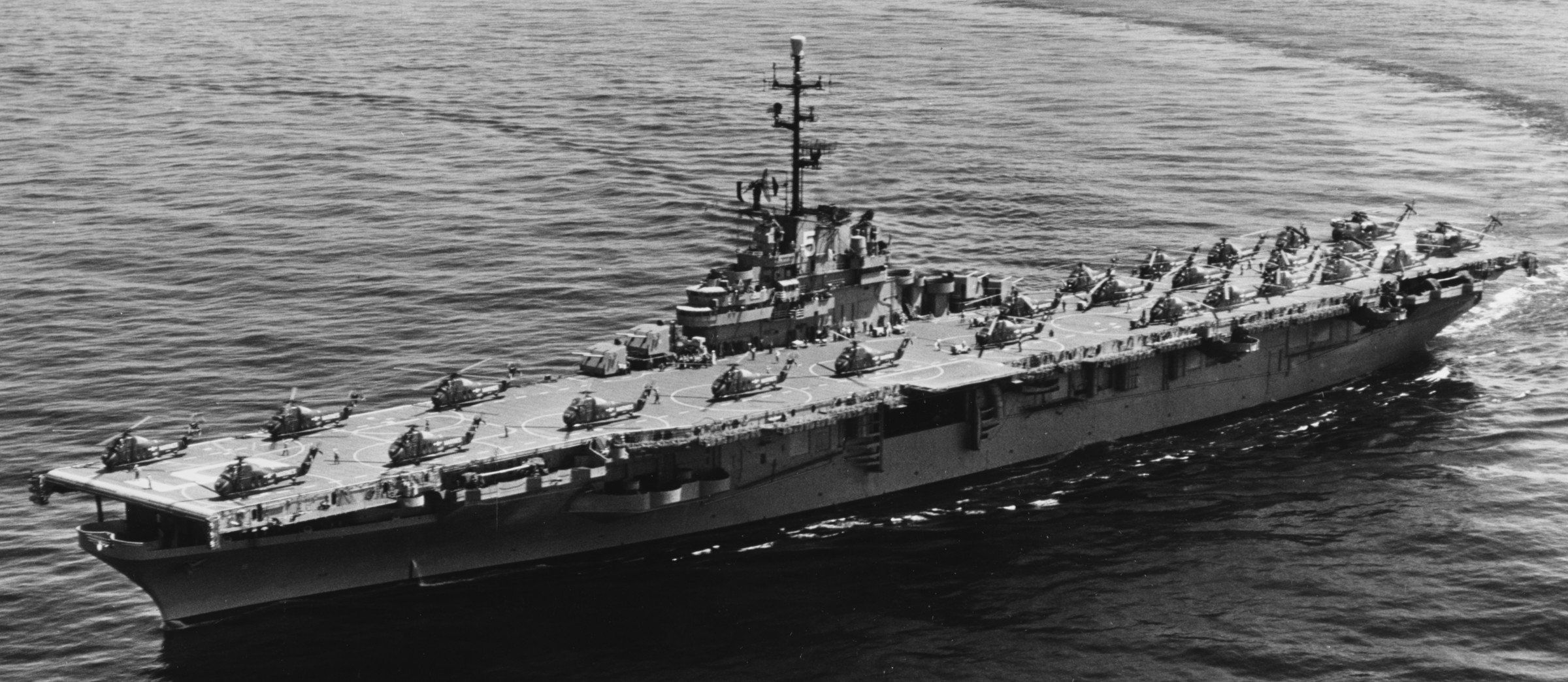 May 1959 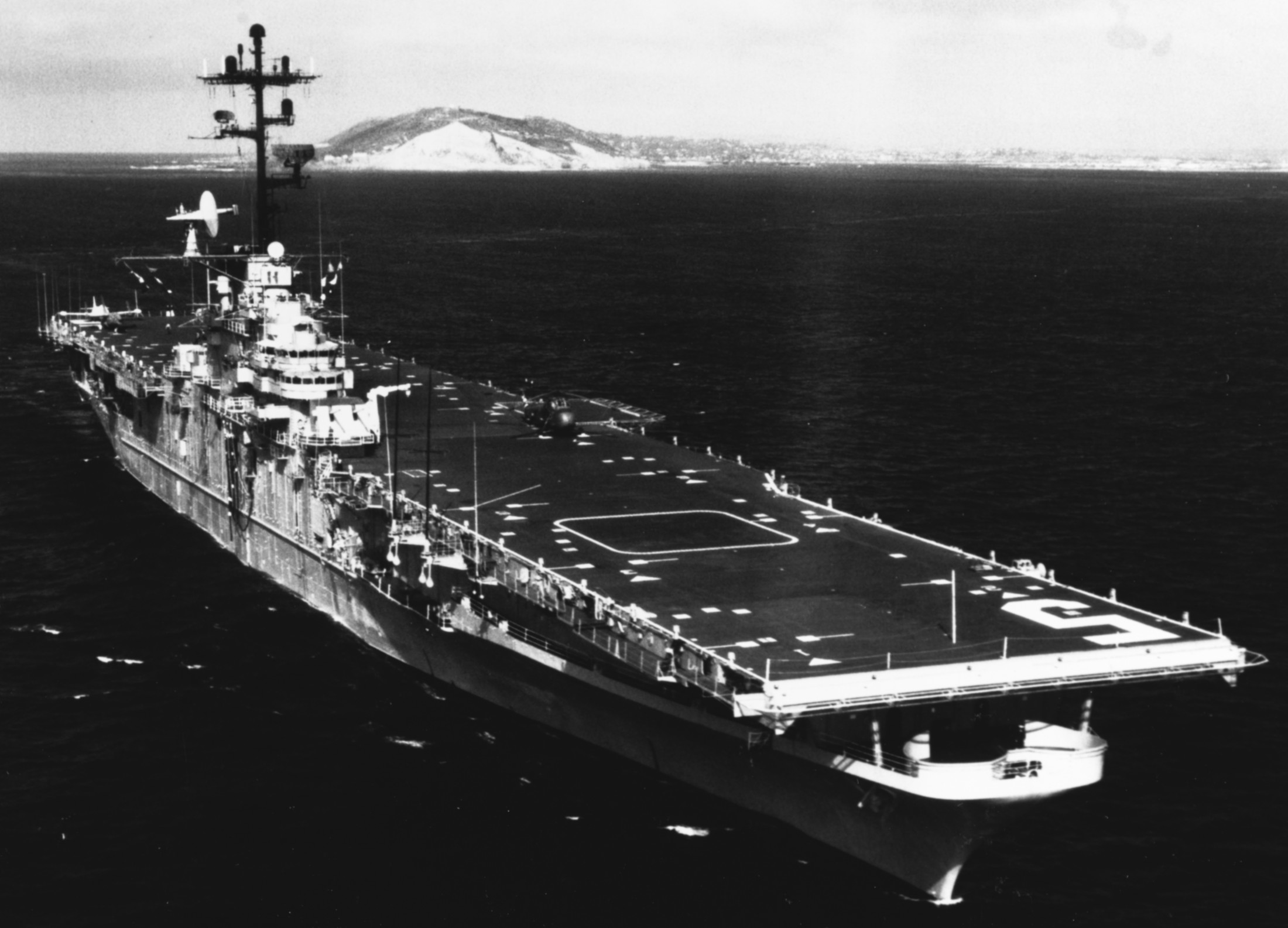 undated CVS 37 (1954-59) 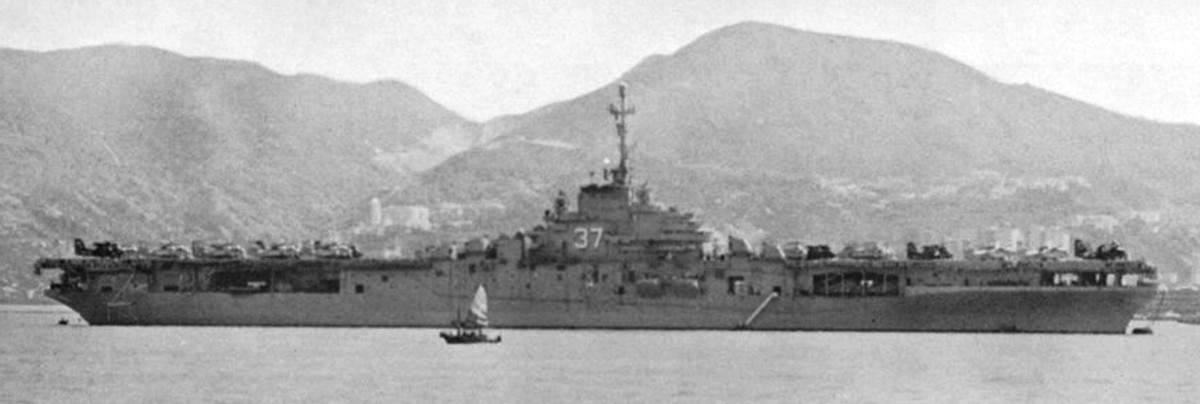 at anchor off Hong Kong - 1957 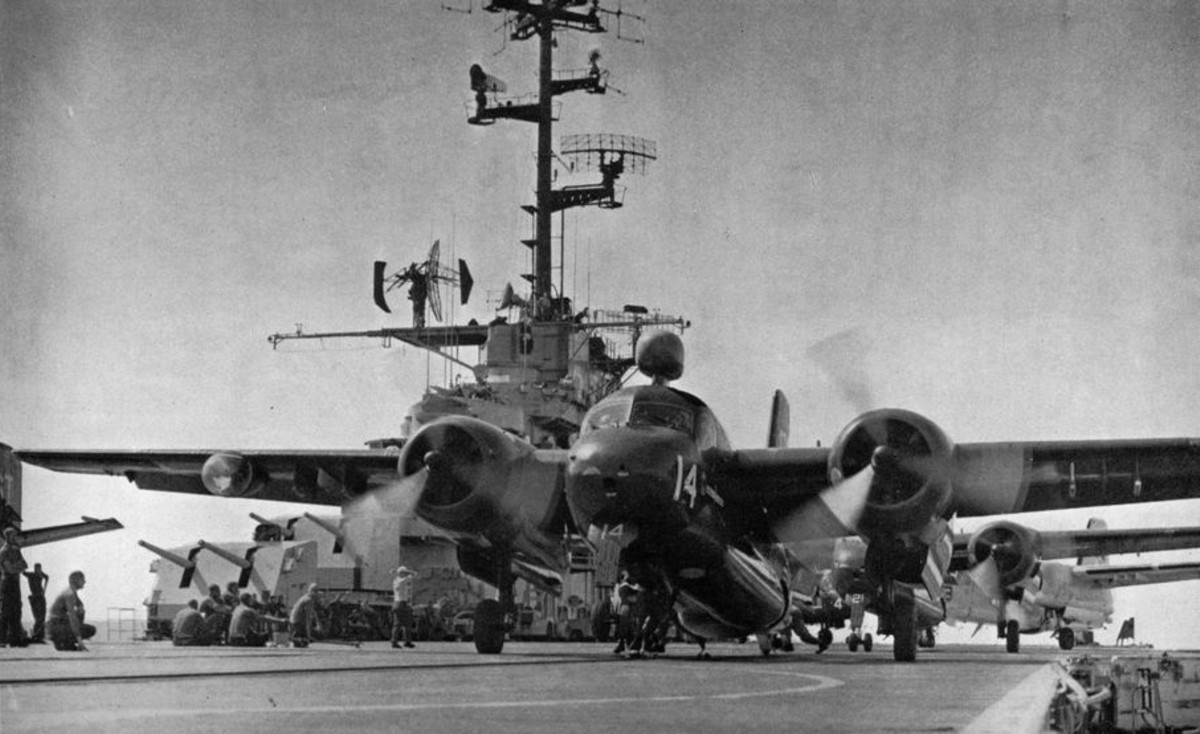 Grumman S2F-1 Tracker (VS-38) aboard USS Princeton (CVS 37) - 1957 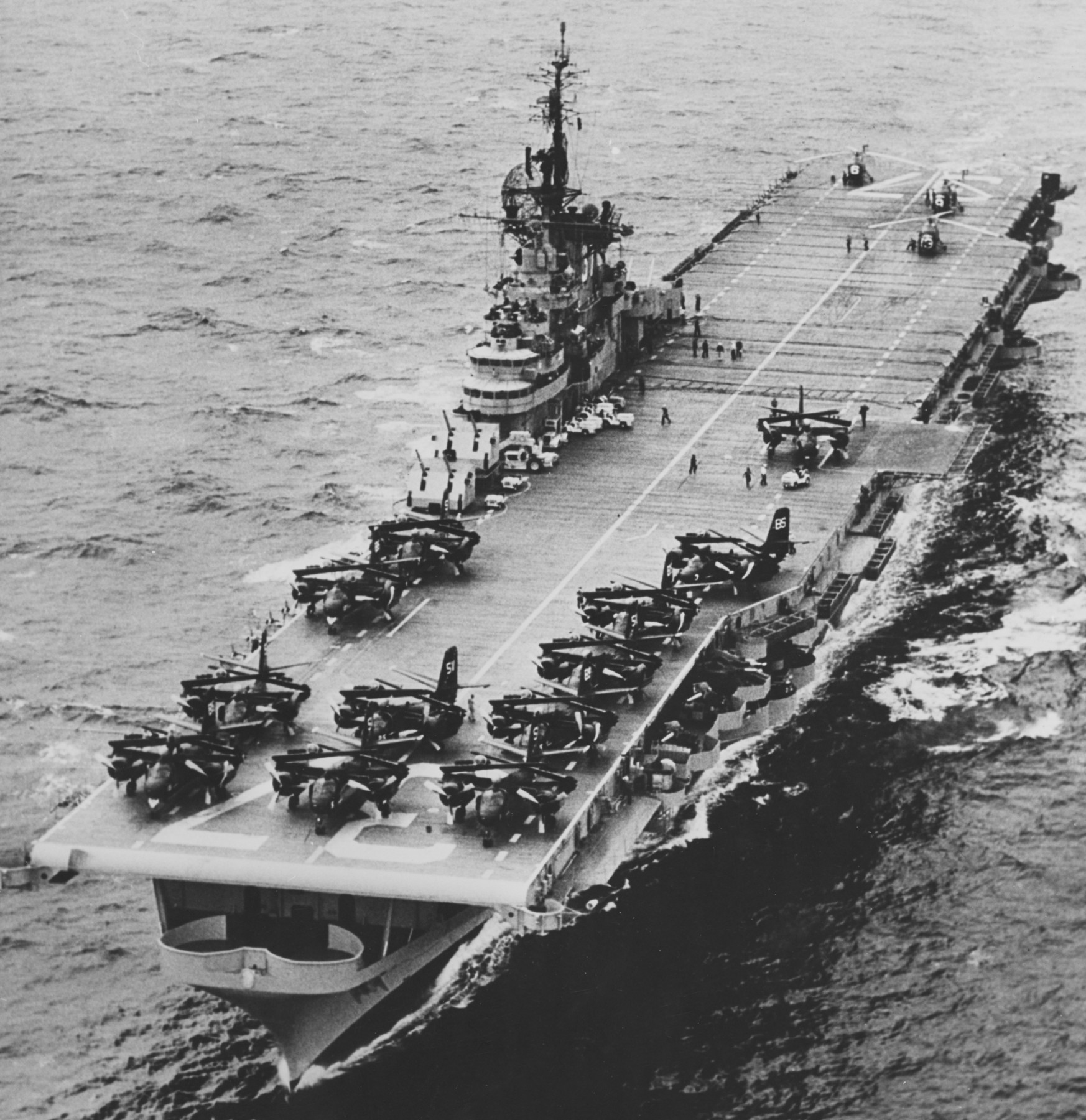 1956 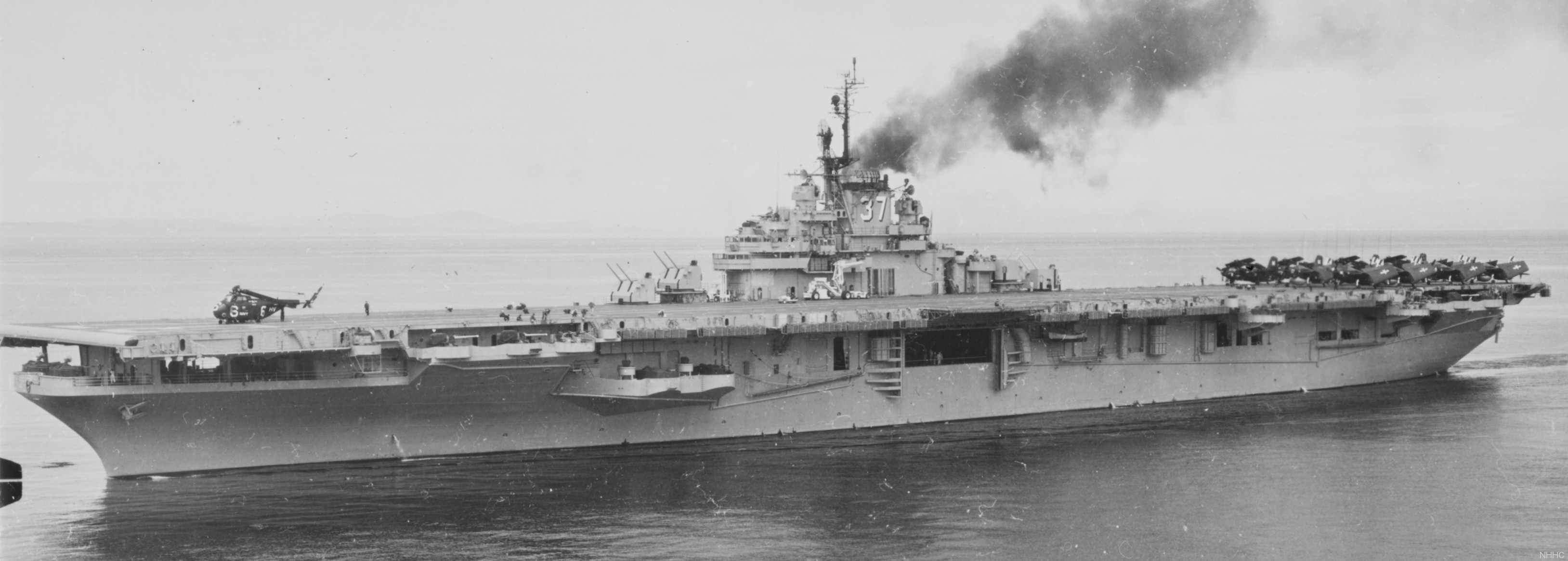 mid 1950's 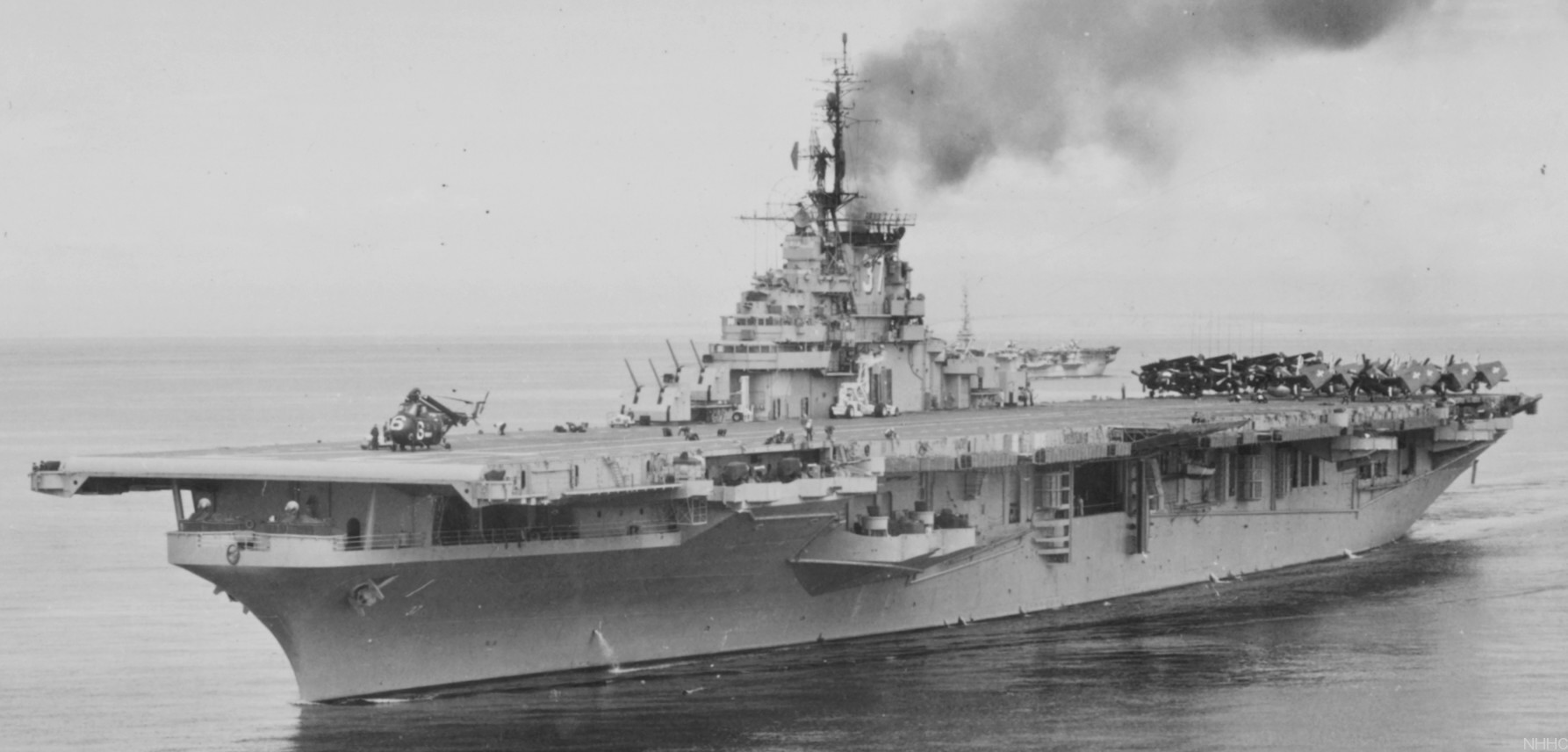 mid 1950's 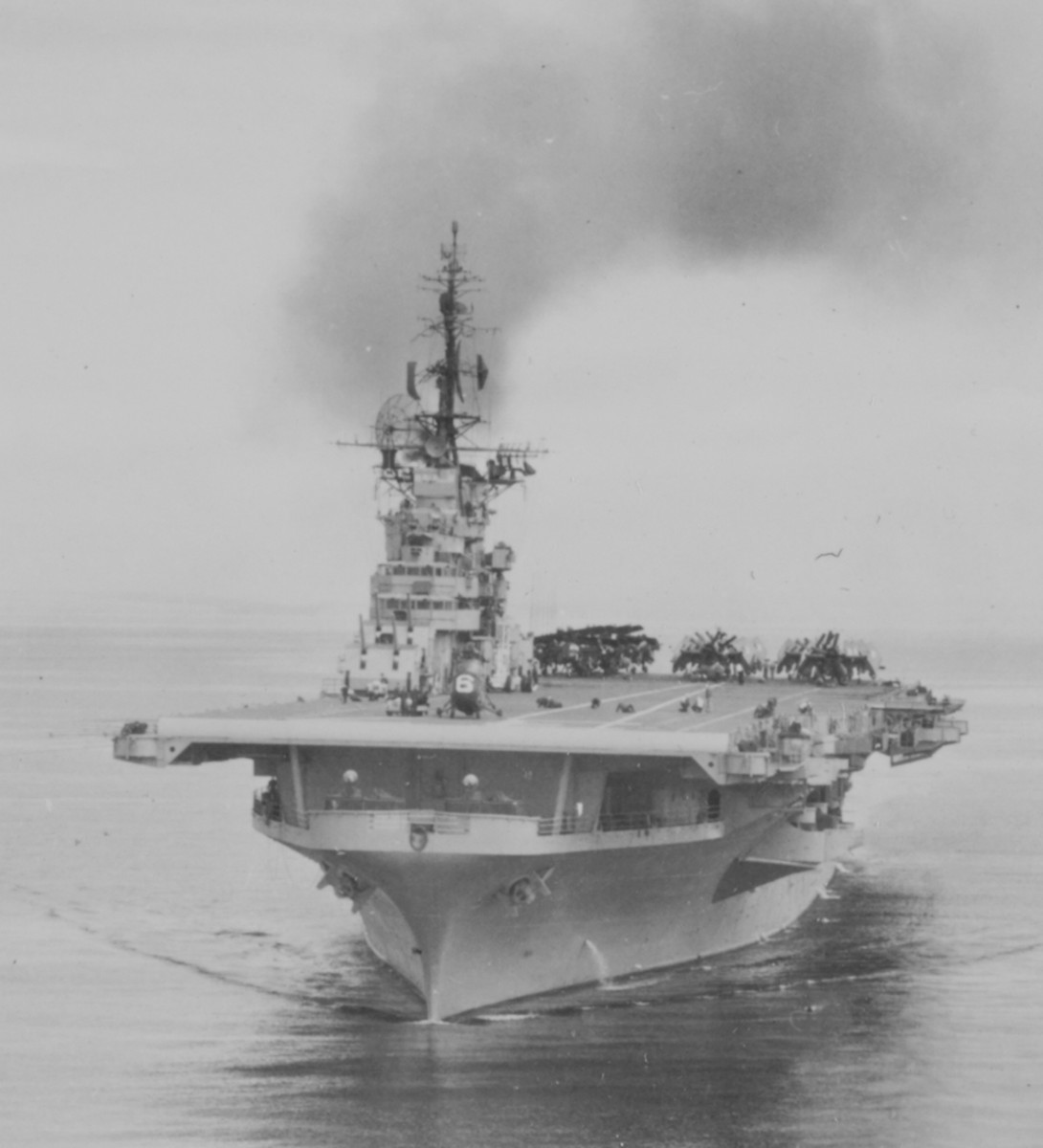 mid 1950's 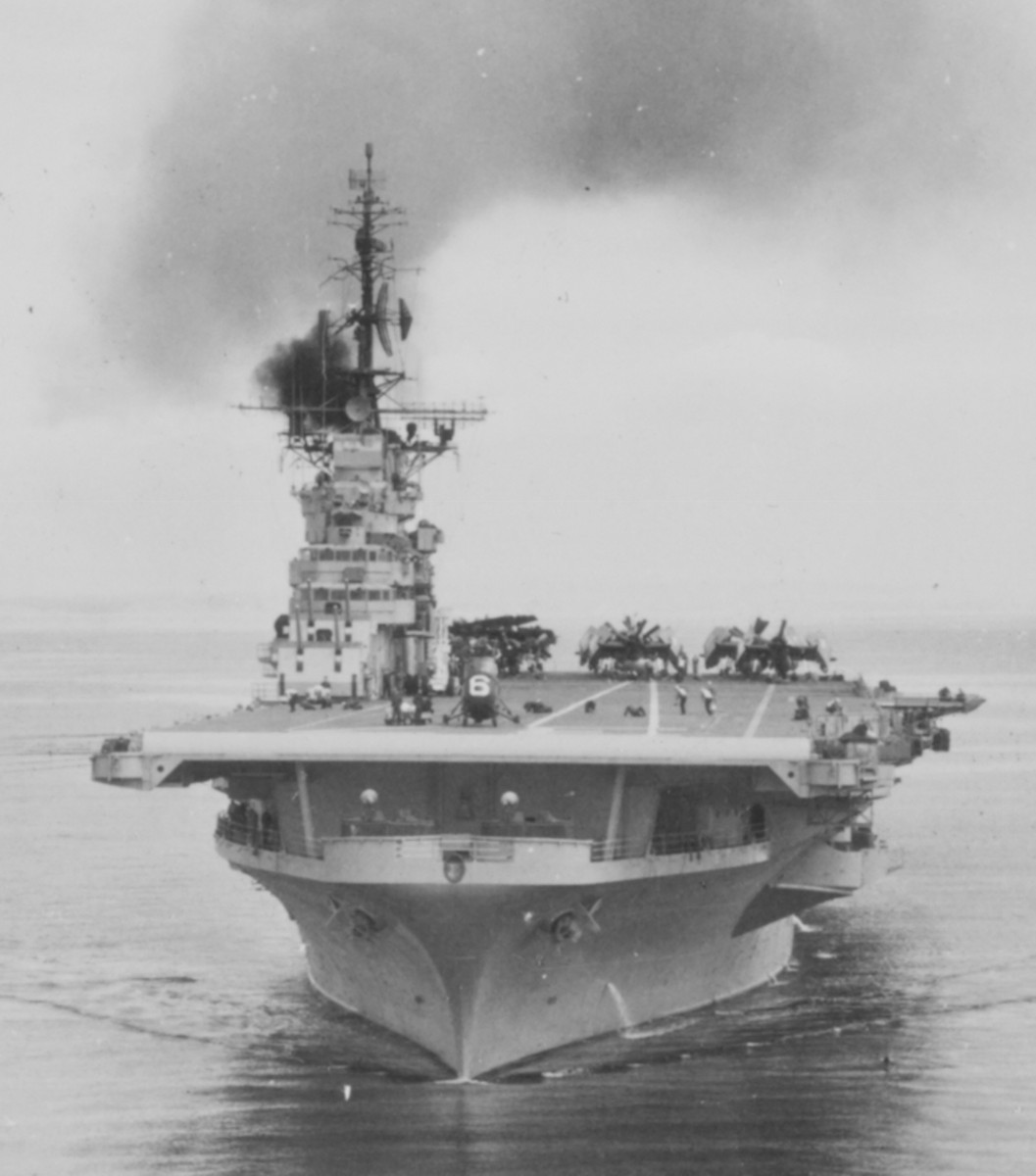 mid 1950's 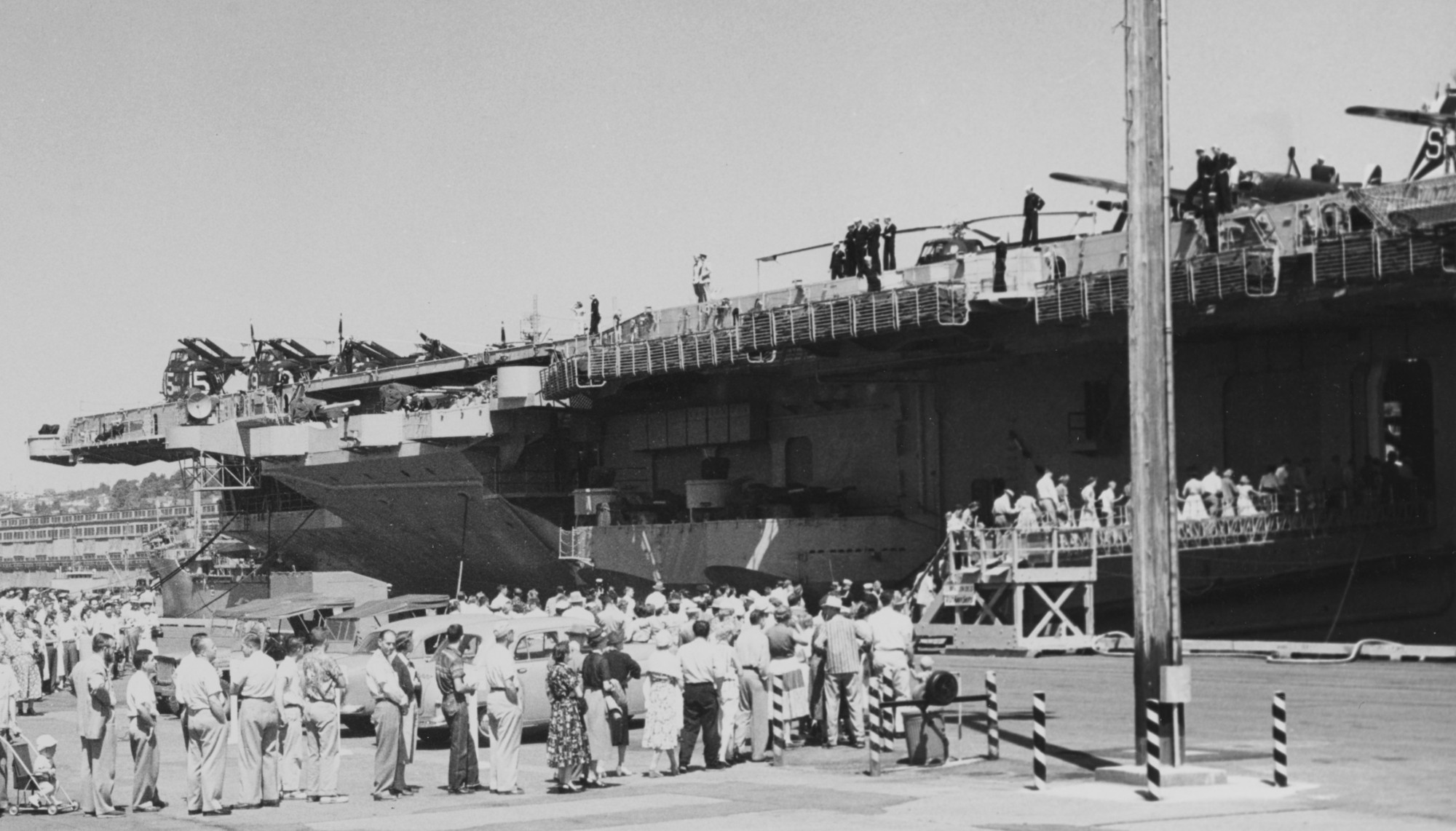 during an open house at Pier 91 - Seattle, Washington - August 1954 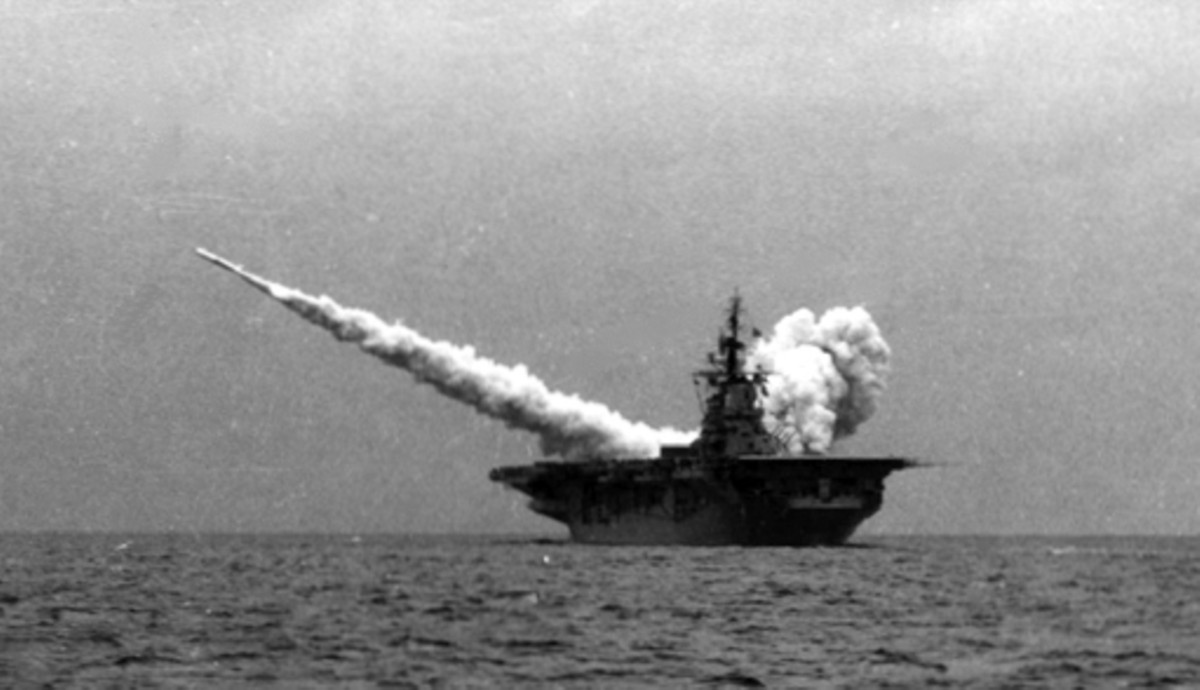 a SSM-N-8 Regulus cruise missile was launched - 1954 CVA 37 (1952-54)  San Diego, California - October 1953 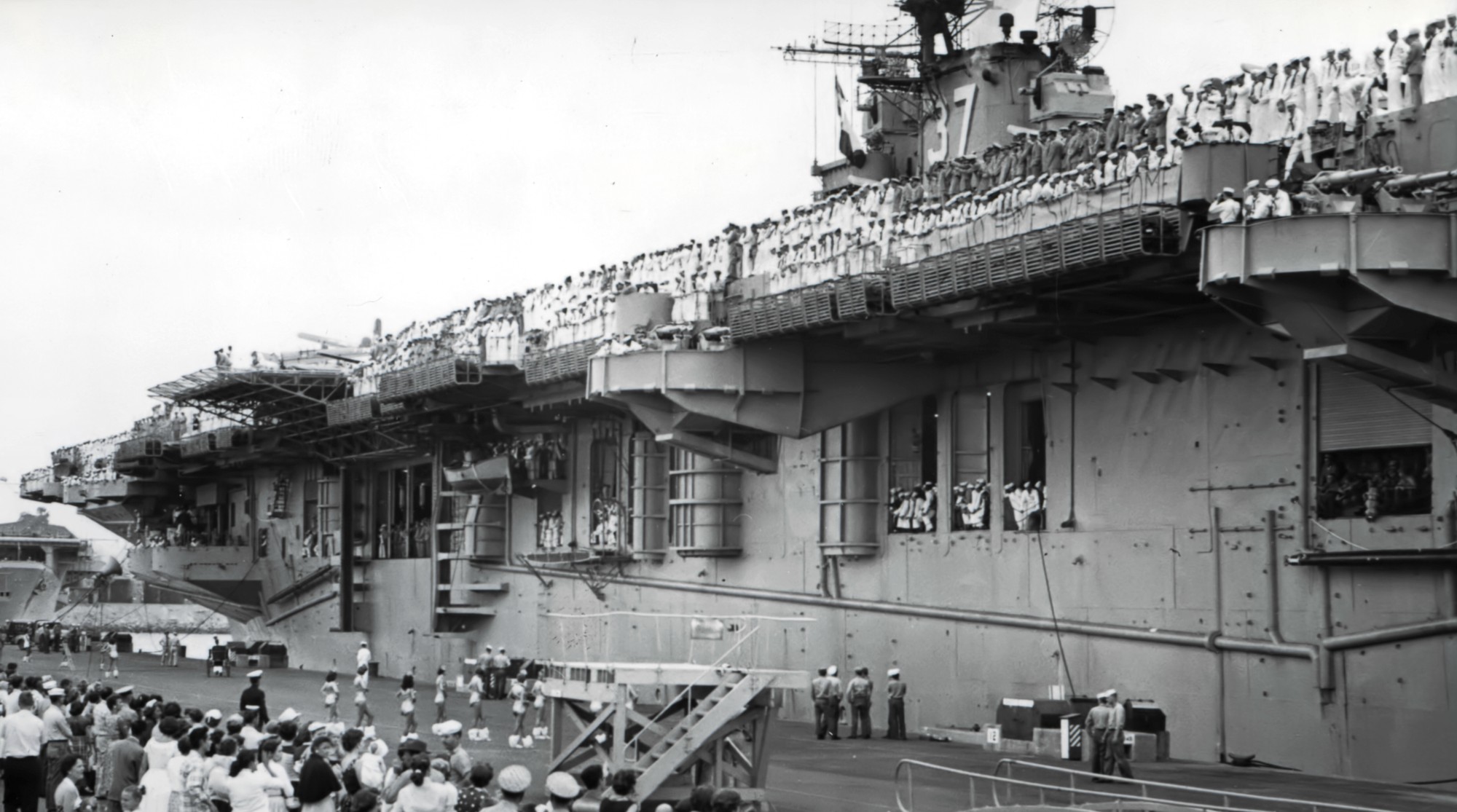 returning to San Diego, California after a Korean War deployment - 1953 CV 37 (1945-52) 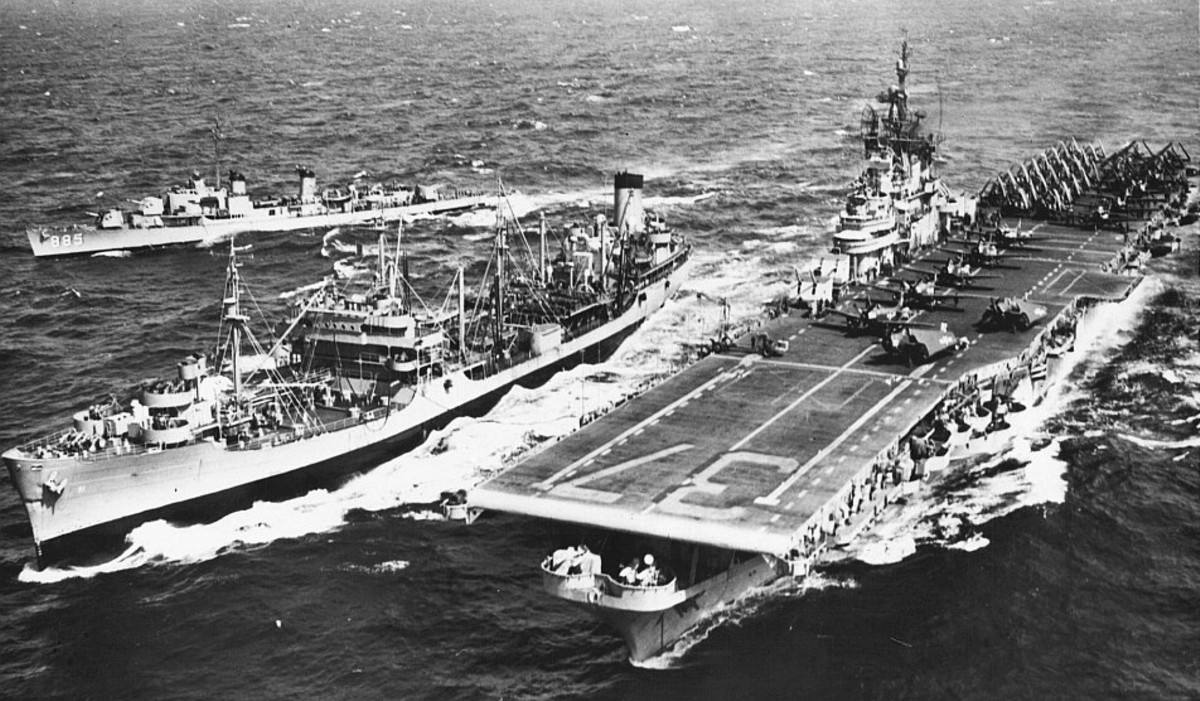 with CVG-19 embarked - Korean War - September 1952 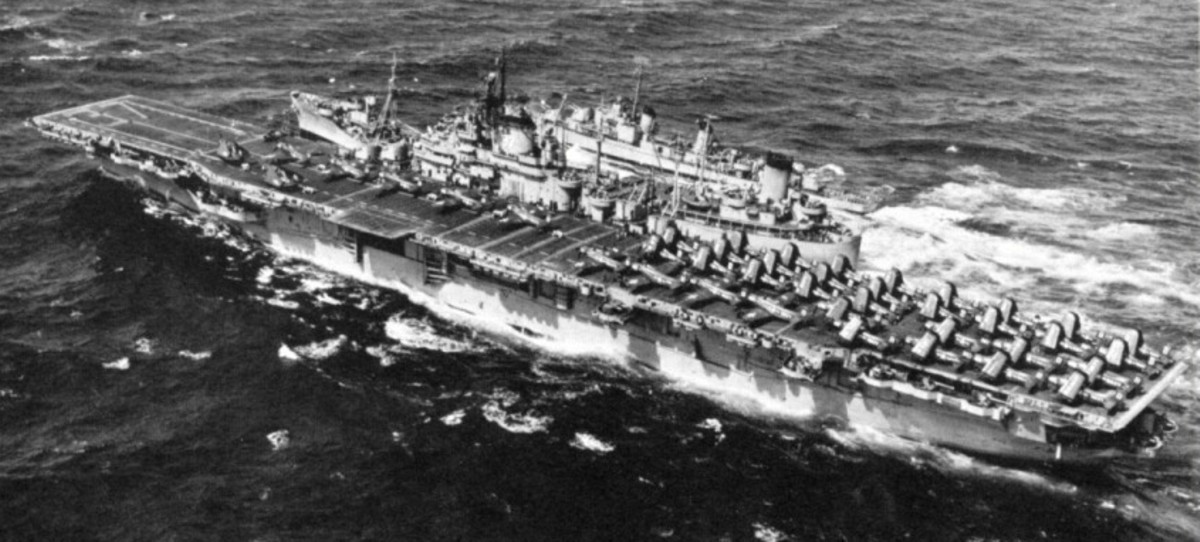 with CVG-19 embarked - Korean War - September 1952 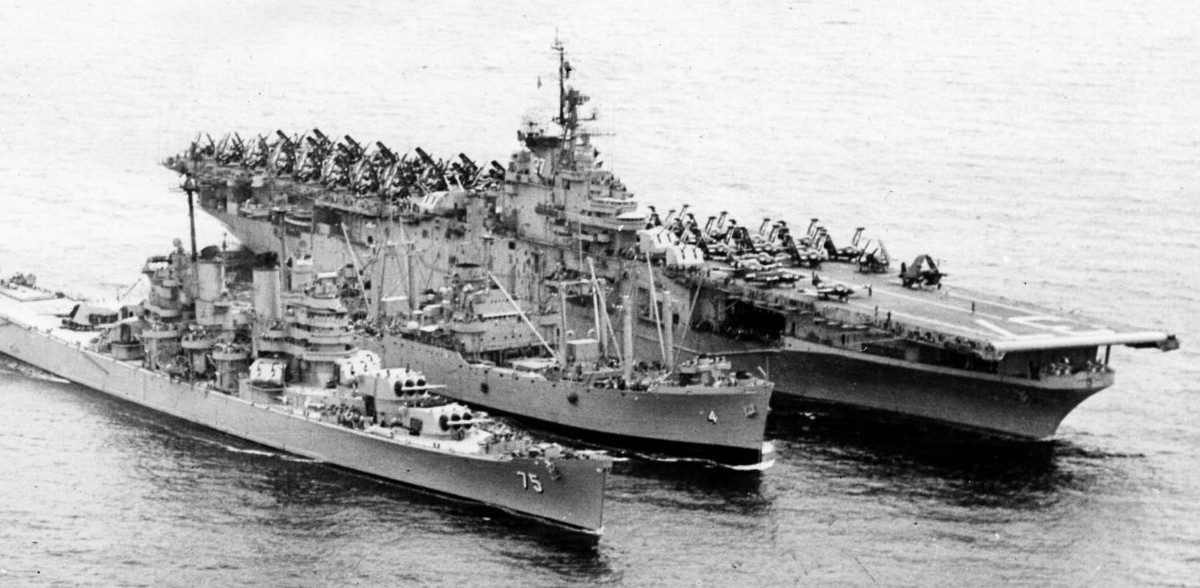 with CVG-19 embarked - Korean War - 1952 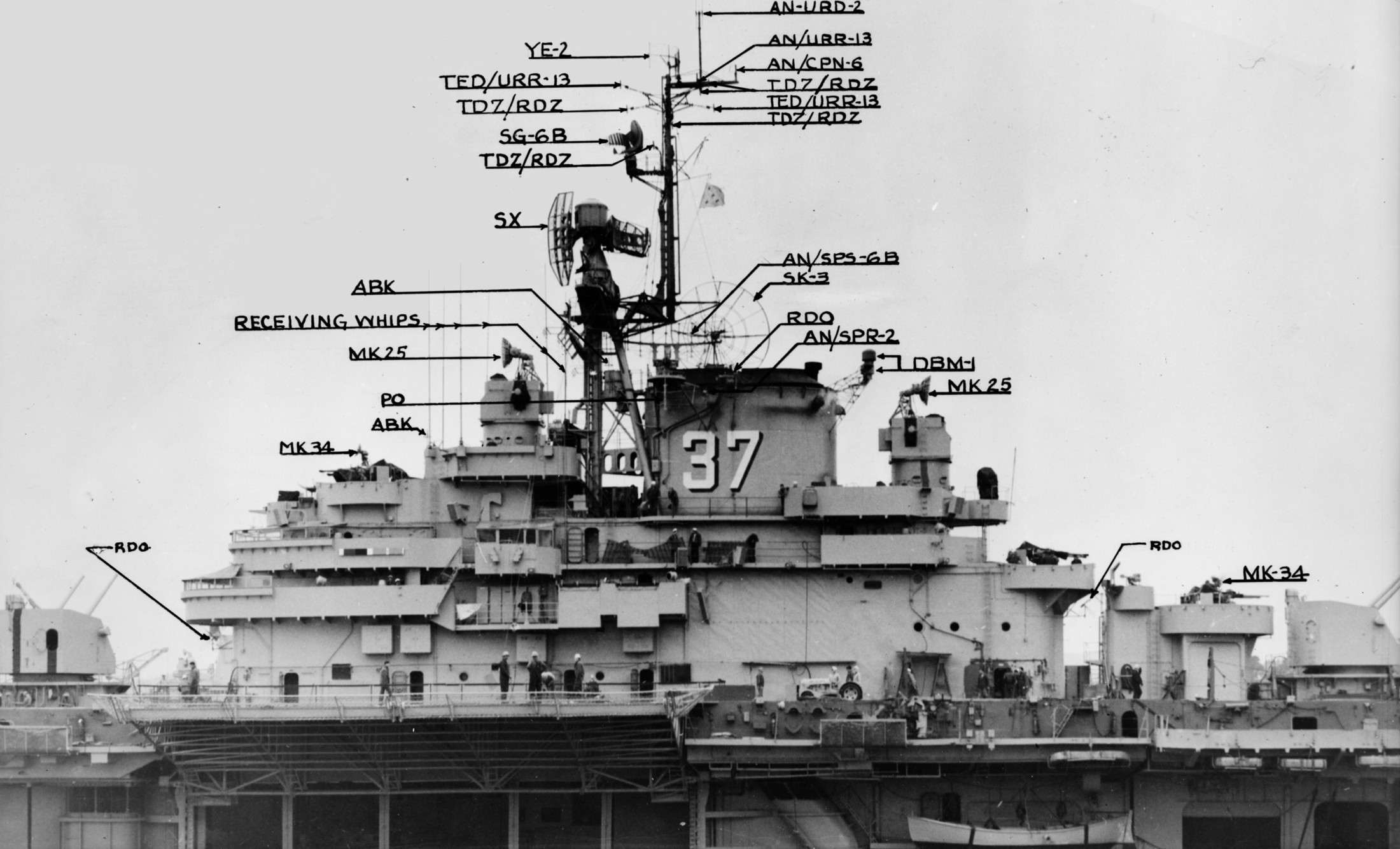 antenna arrangement - Puget Sound Naval Shipyard, Bremerton, Washington - March 1952 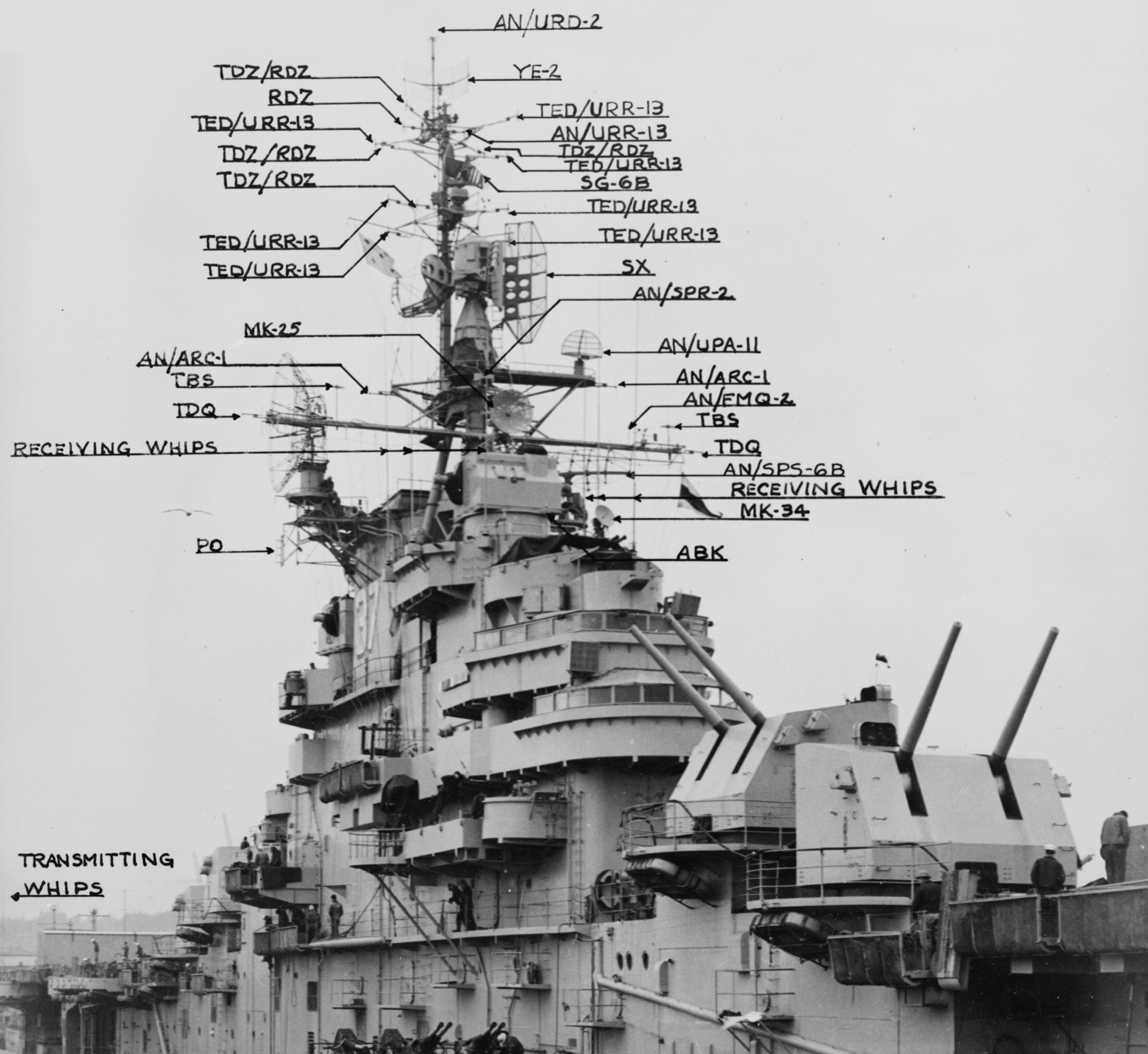 antenna arrangement - Puget Sound Naval Shipyard, Bremerton, Washington - March 1952 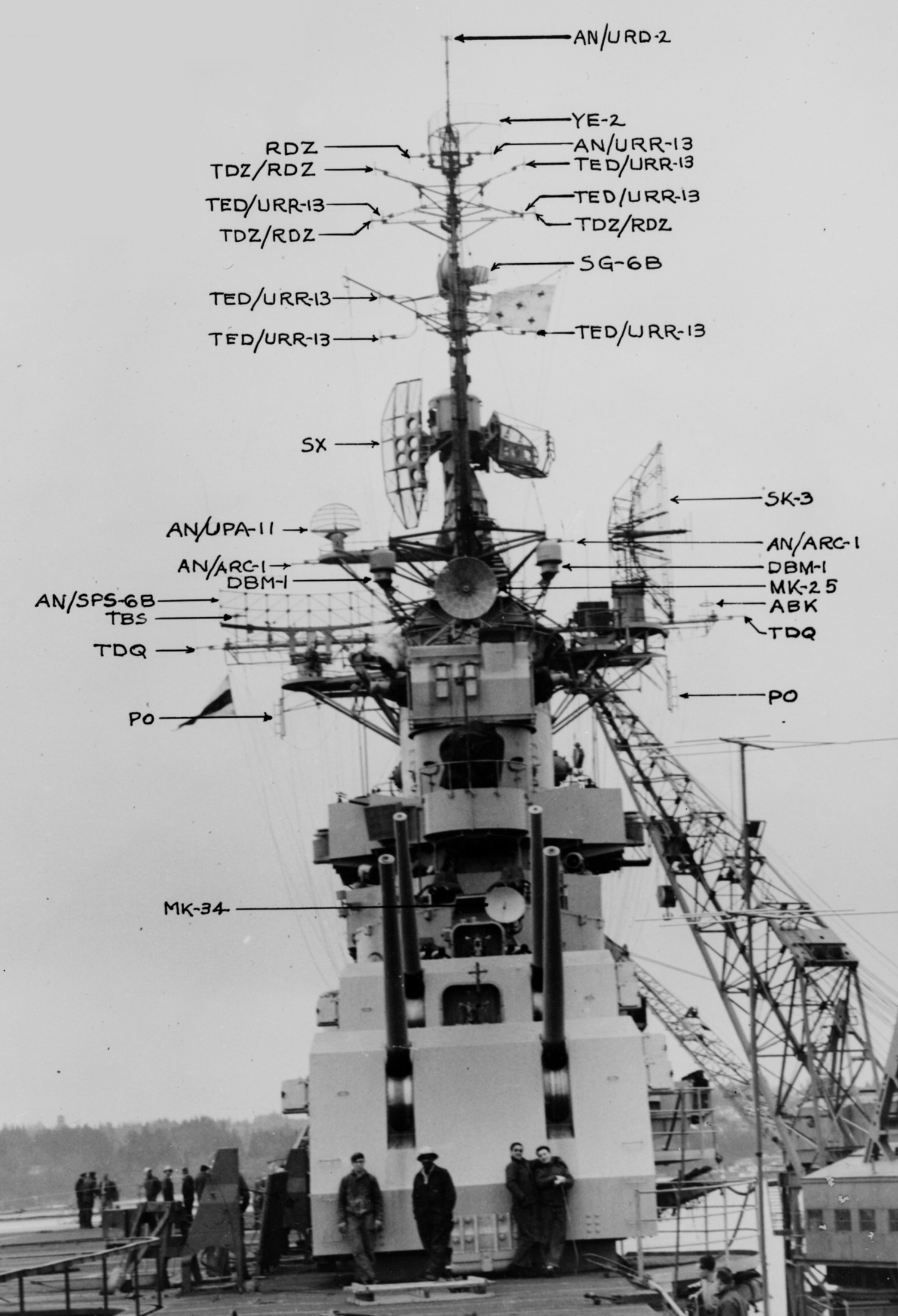 antenna arrangement - Puget Sound Naval Shipyard, Bremerton, Washington - March 1952 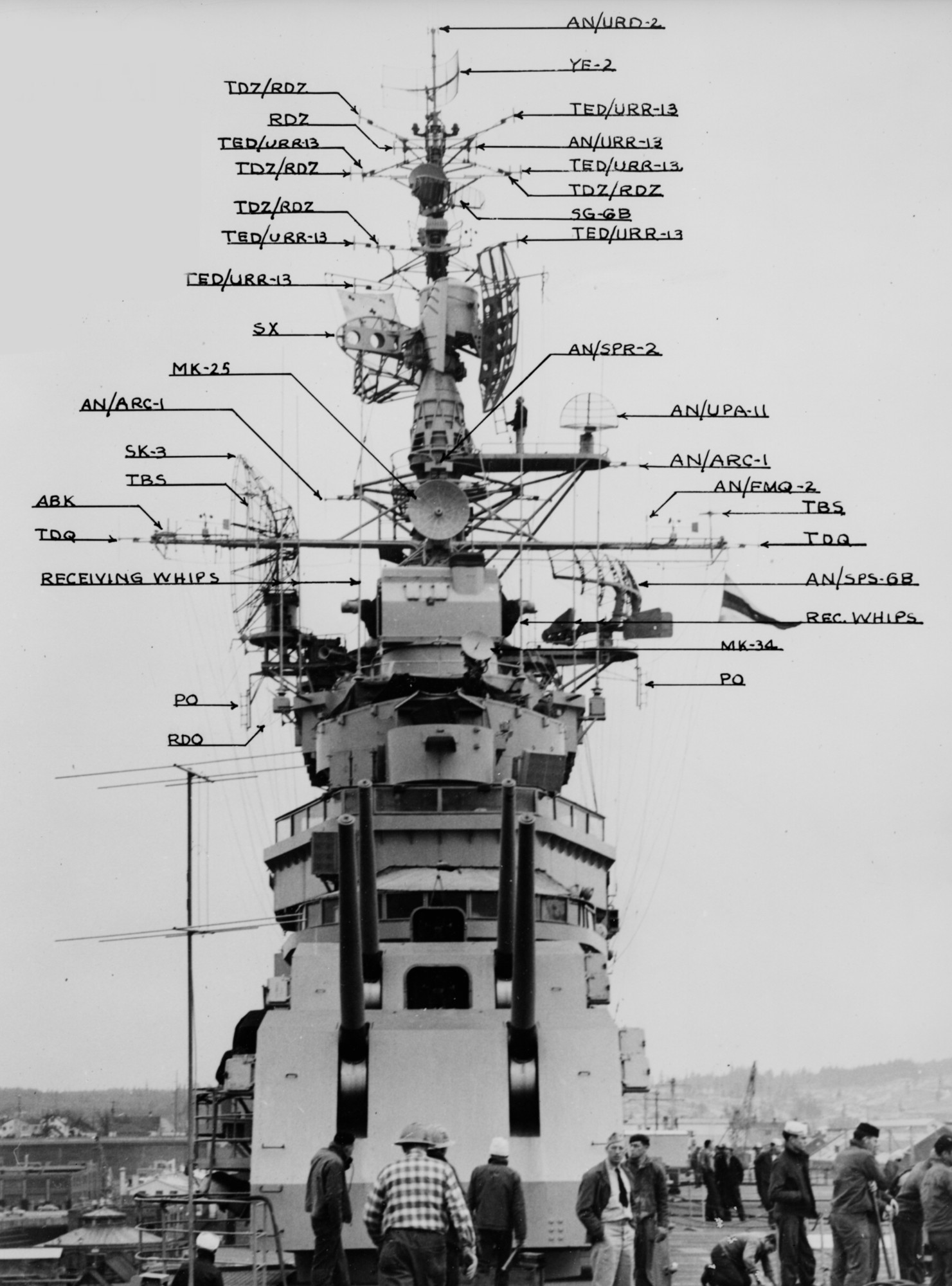 antenna arrangement - Puget Sound Naval Shipyard, Bremerton, Washington - March 1952 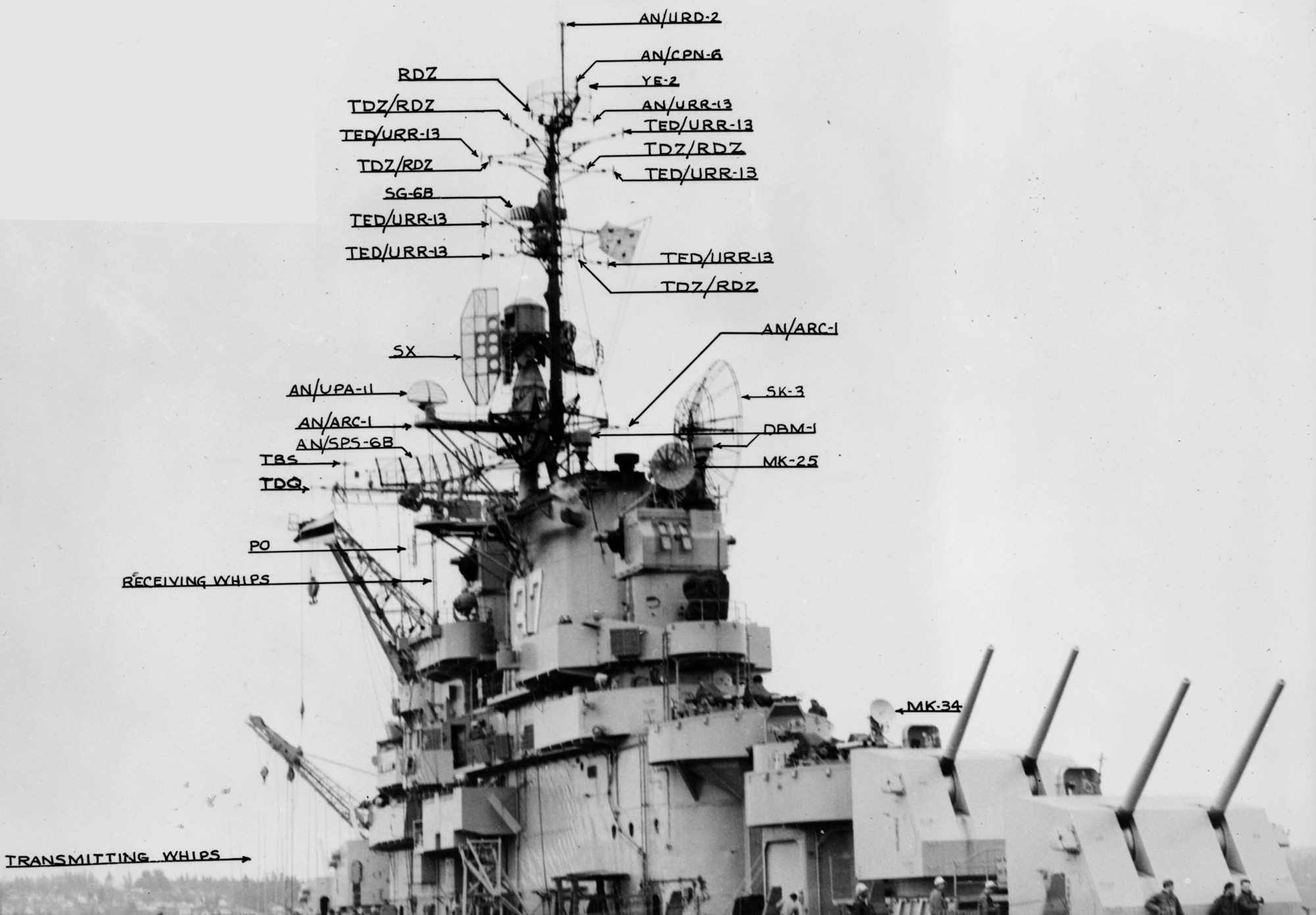 antenna arrangement - Puget Sound Naval Shipyard, Bremerton, Washington - March 1952  with CVG-19 embarked - Korean War - June 1951 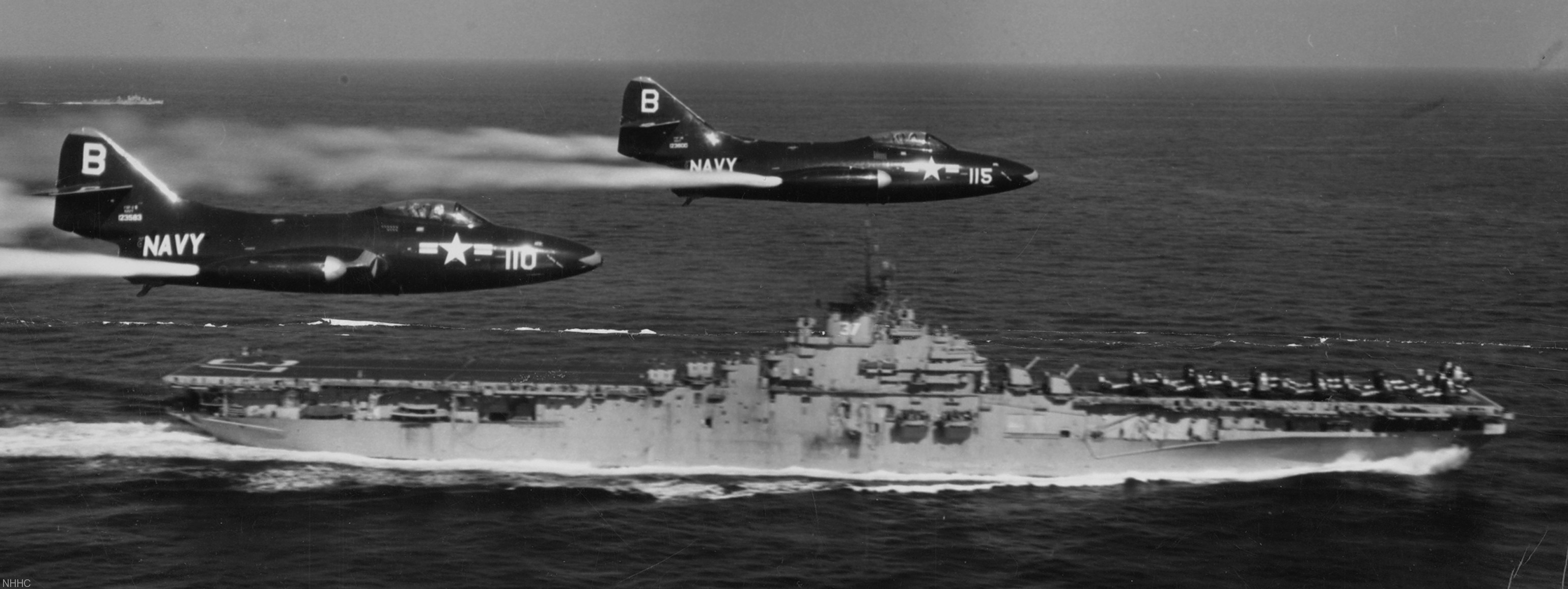 Grumman F9F-2 Panthers from VF-191 (CVG-19) over uss Princeton - Korean War - May 1951 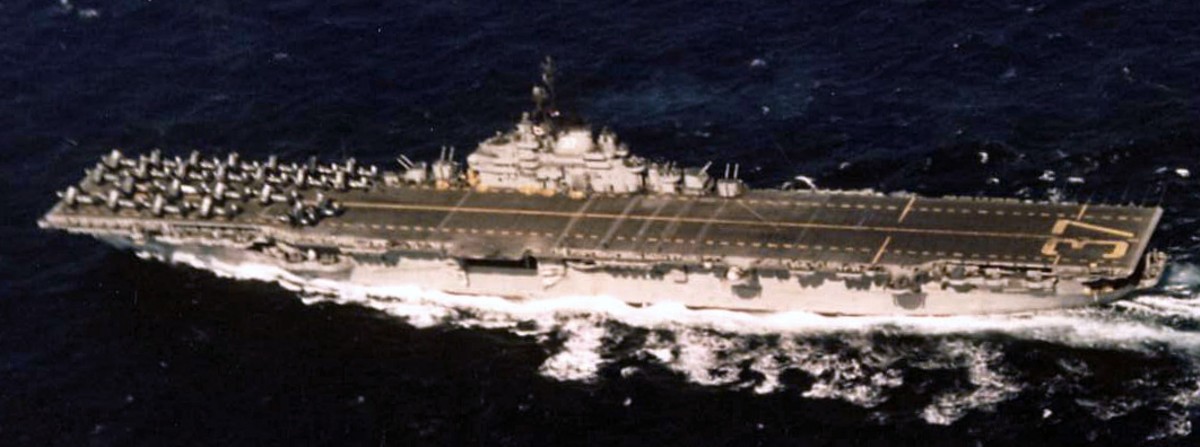 with CVG-19 embarked - Korean War - 1950-51 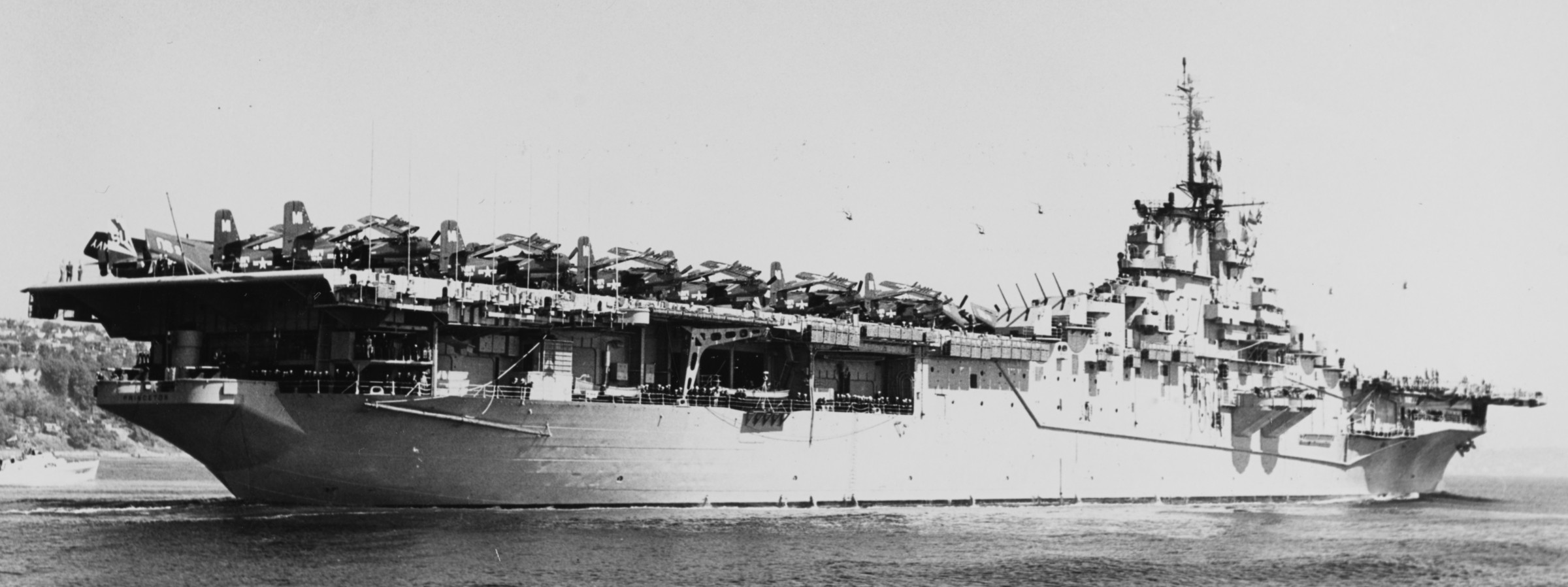 undated 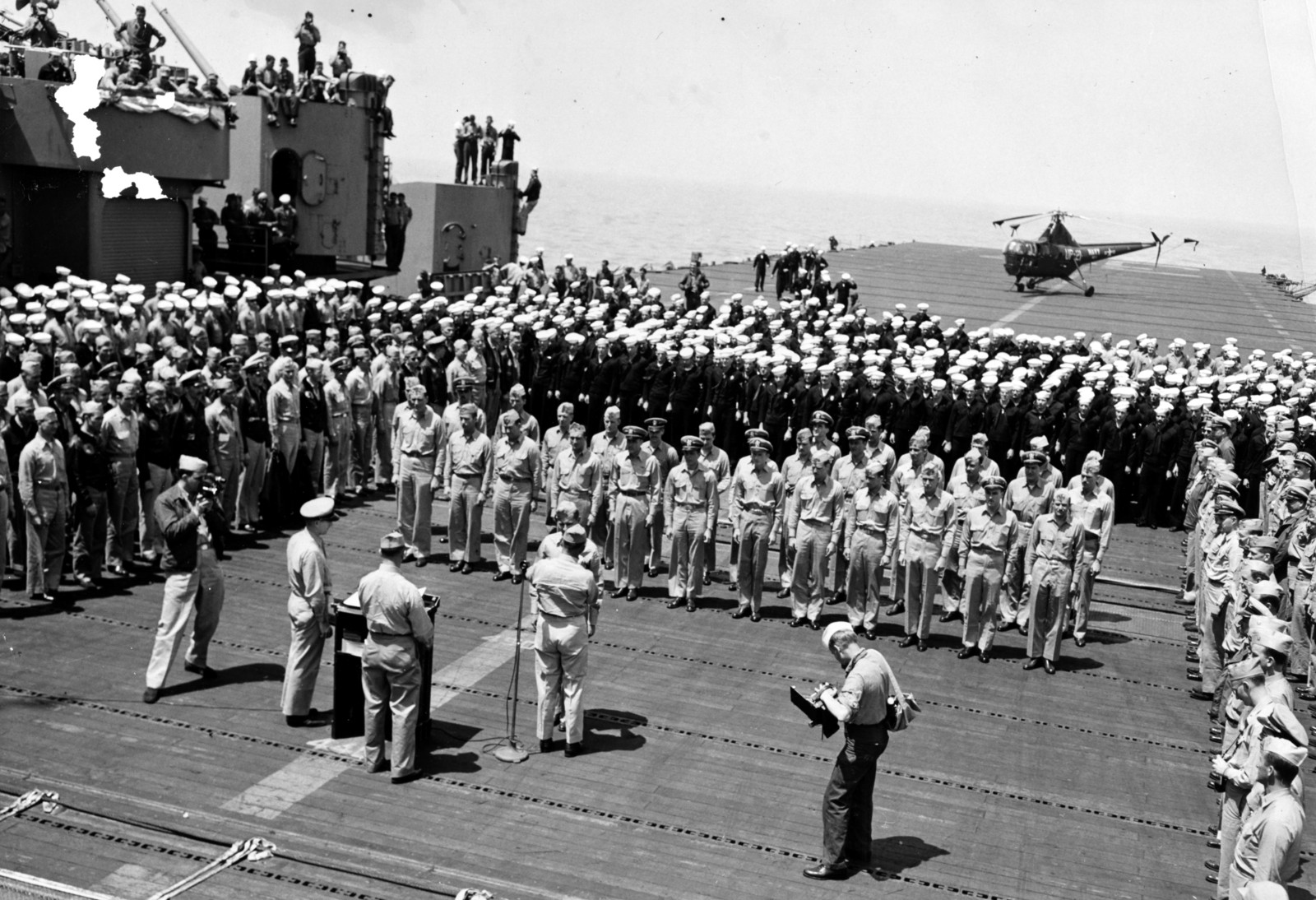 awards ceremony - May 1951 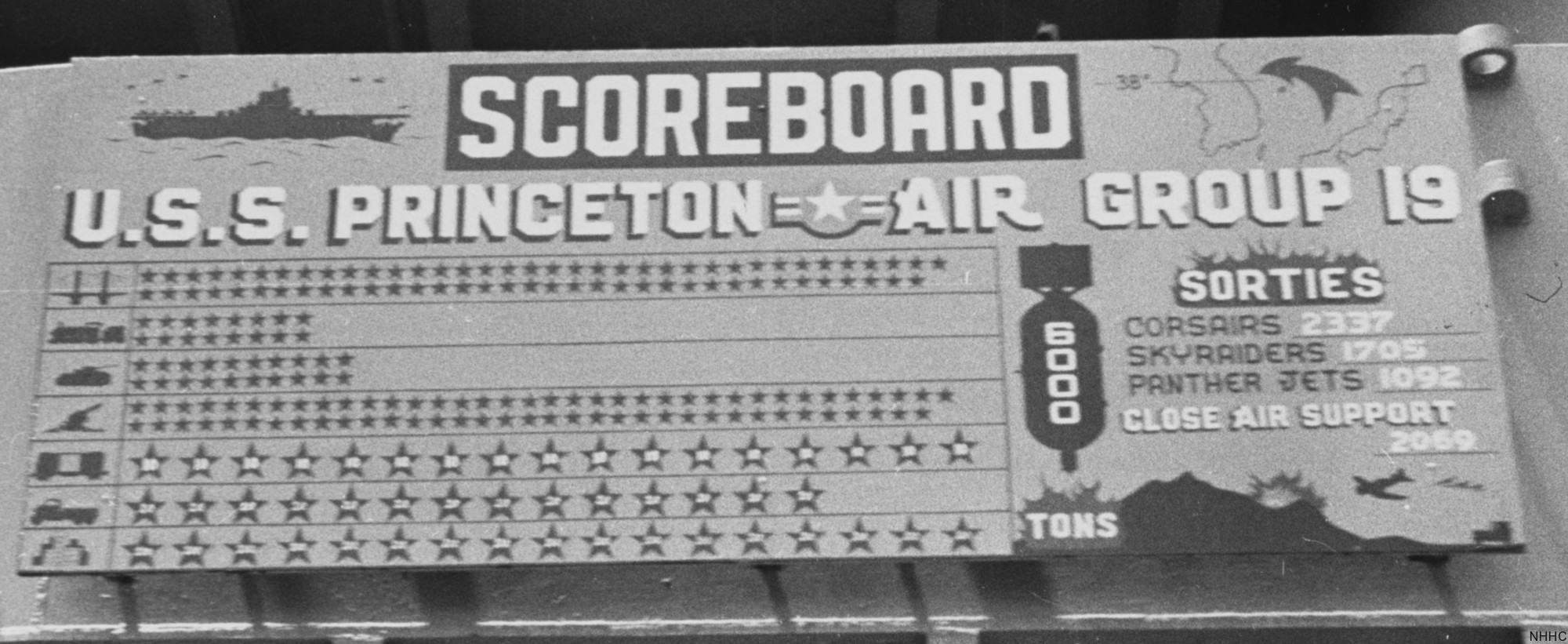 1951 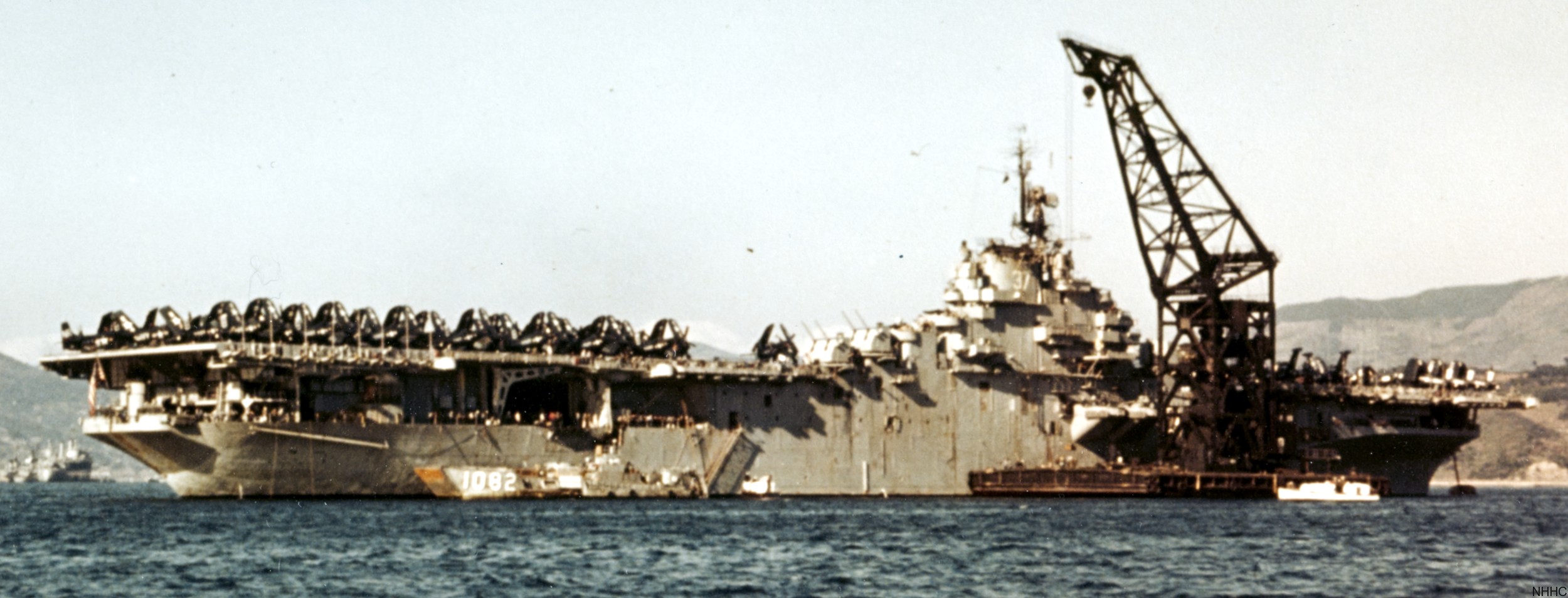 Sasebo, Japan - December 1950 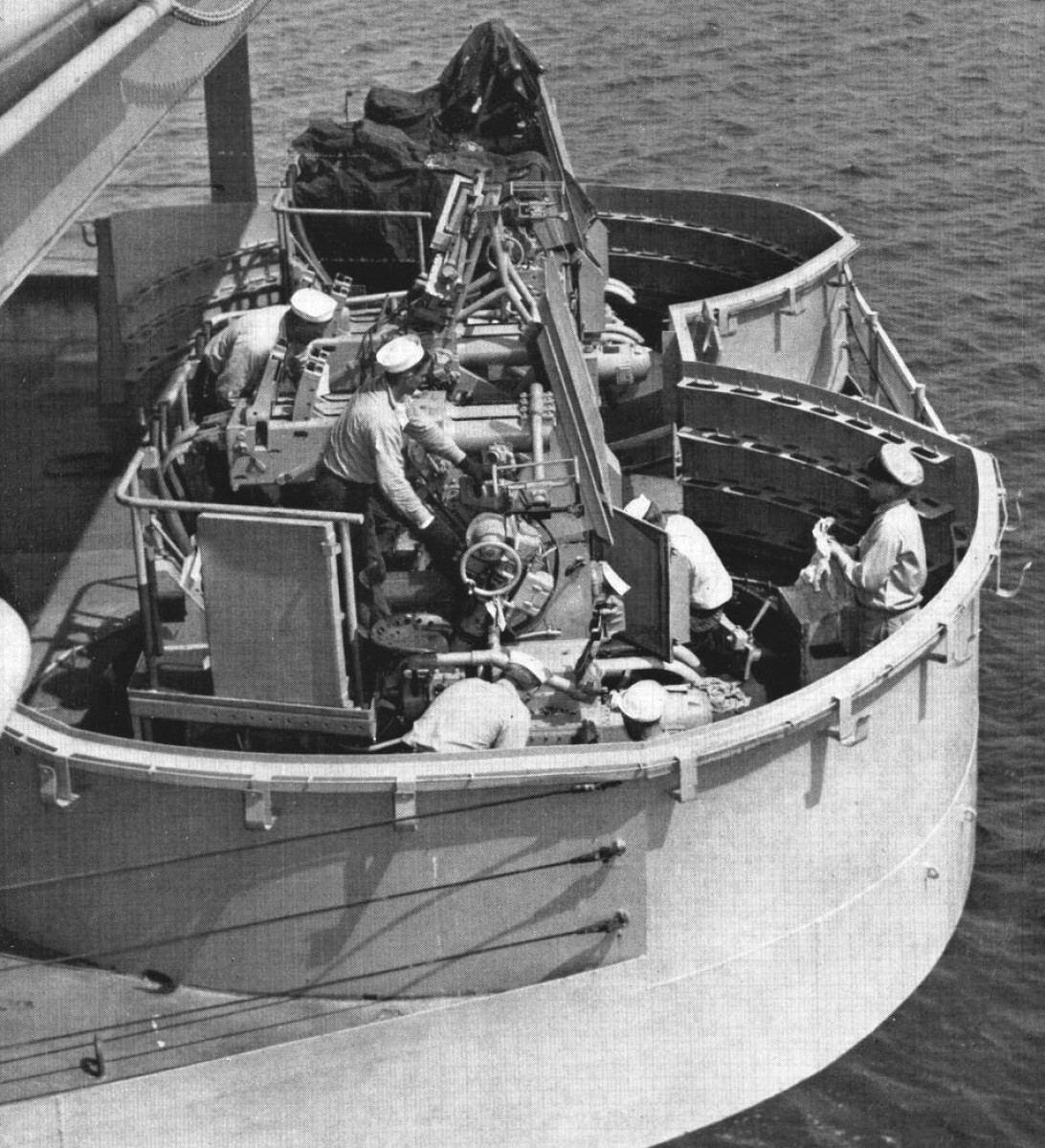 aft 40mm Bofors guns - 1950 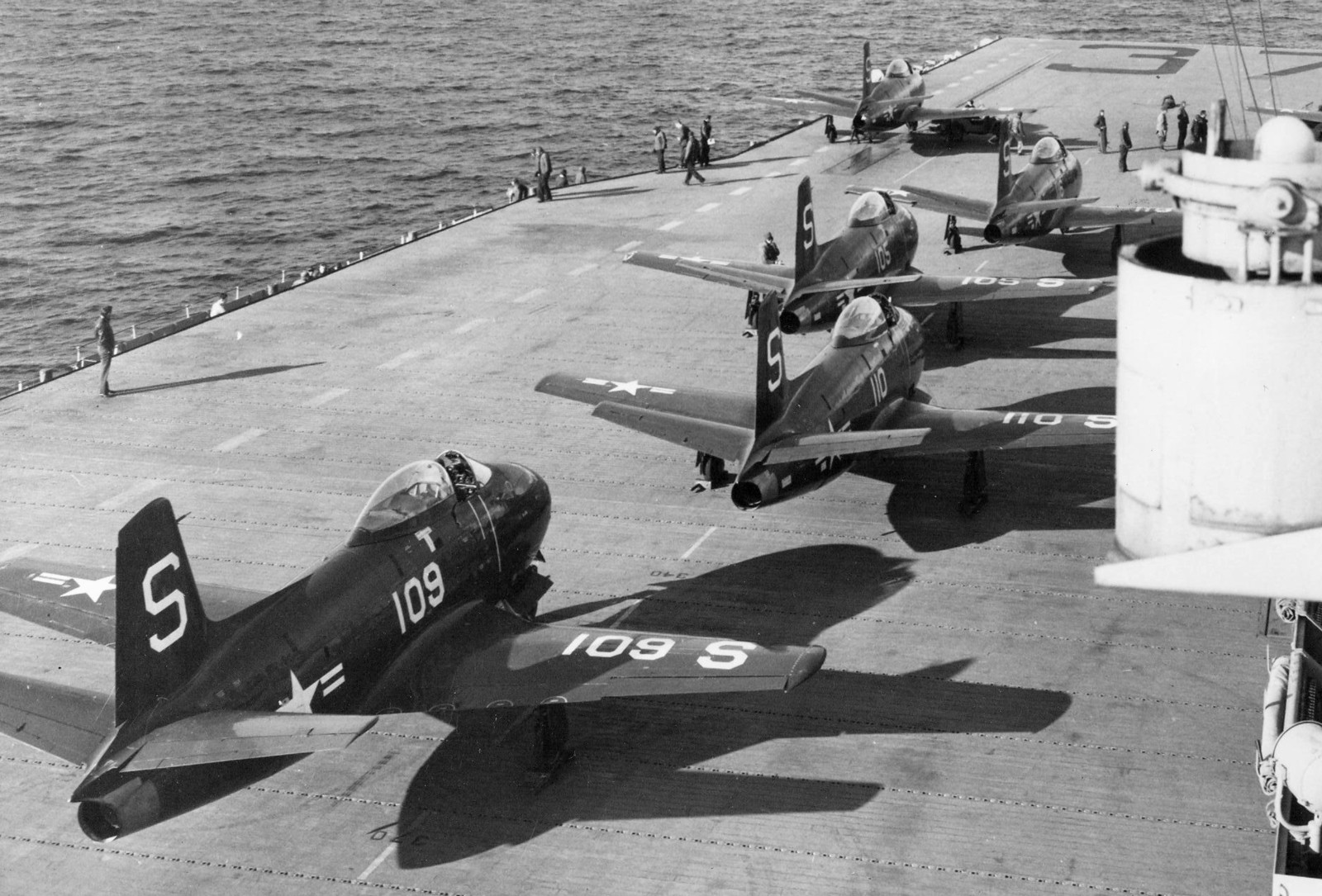 with FJ-1 Fury aircraft of VF-51 embarked - 1949 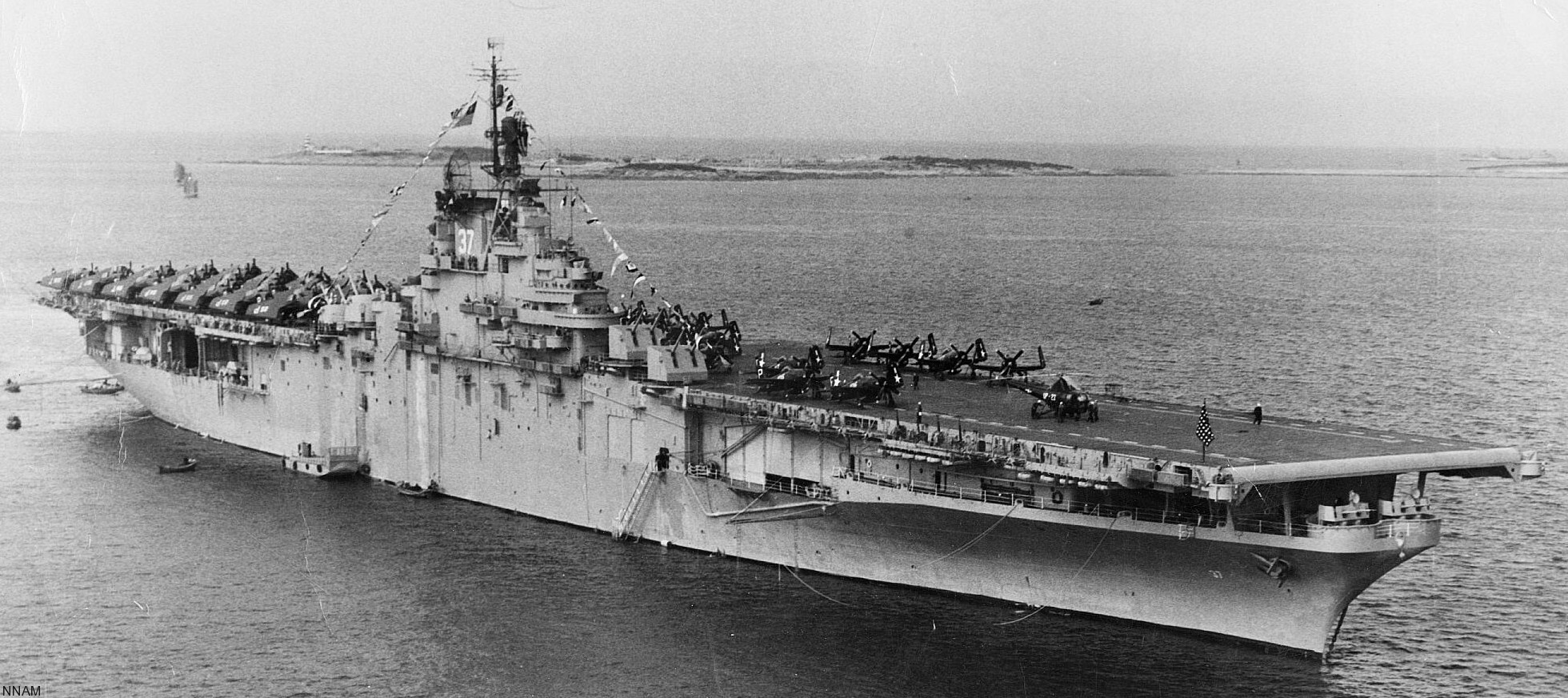 at anchor off Tsingtao (Qingdao), China - 1948 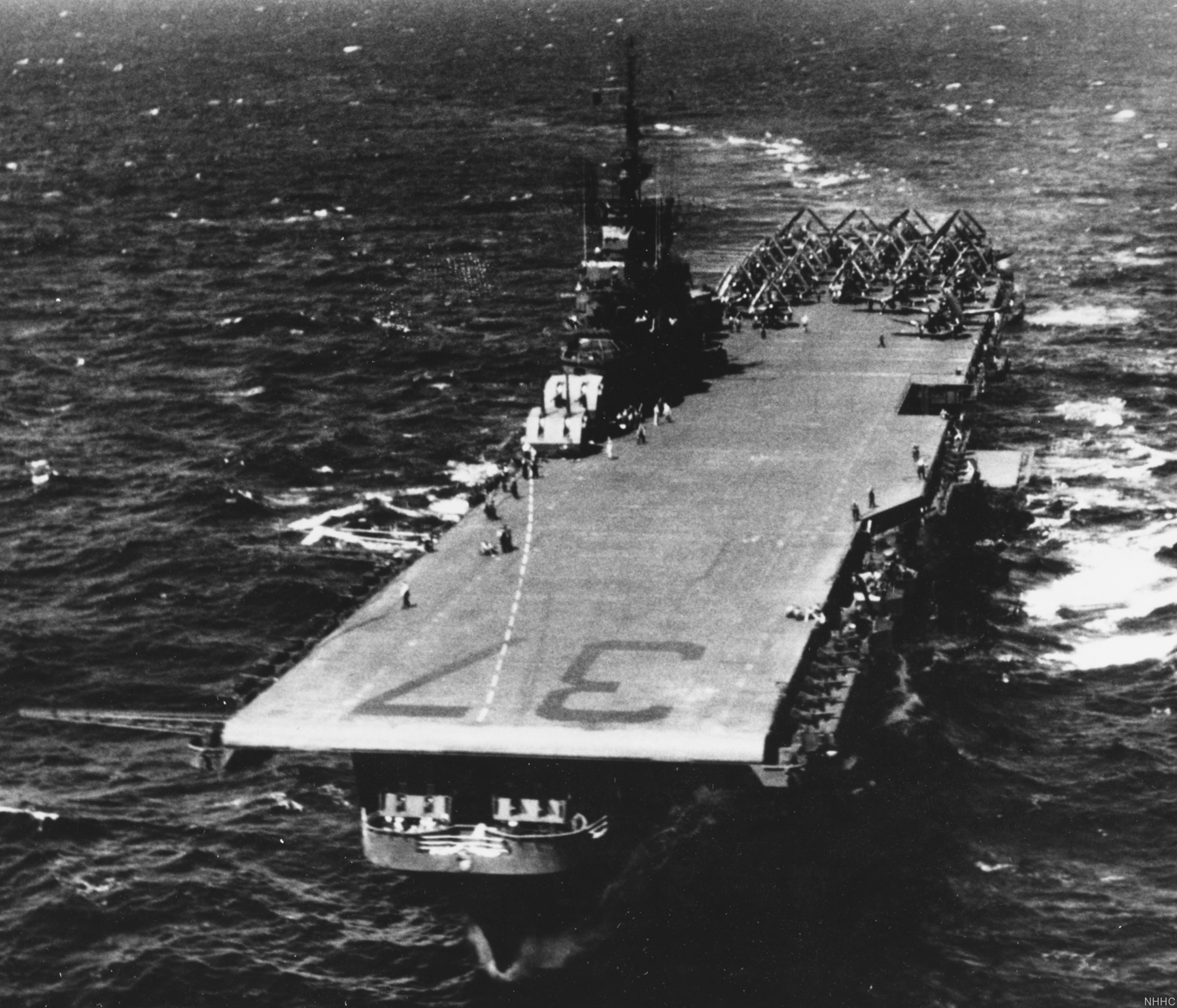 off Japan - 1948  undated 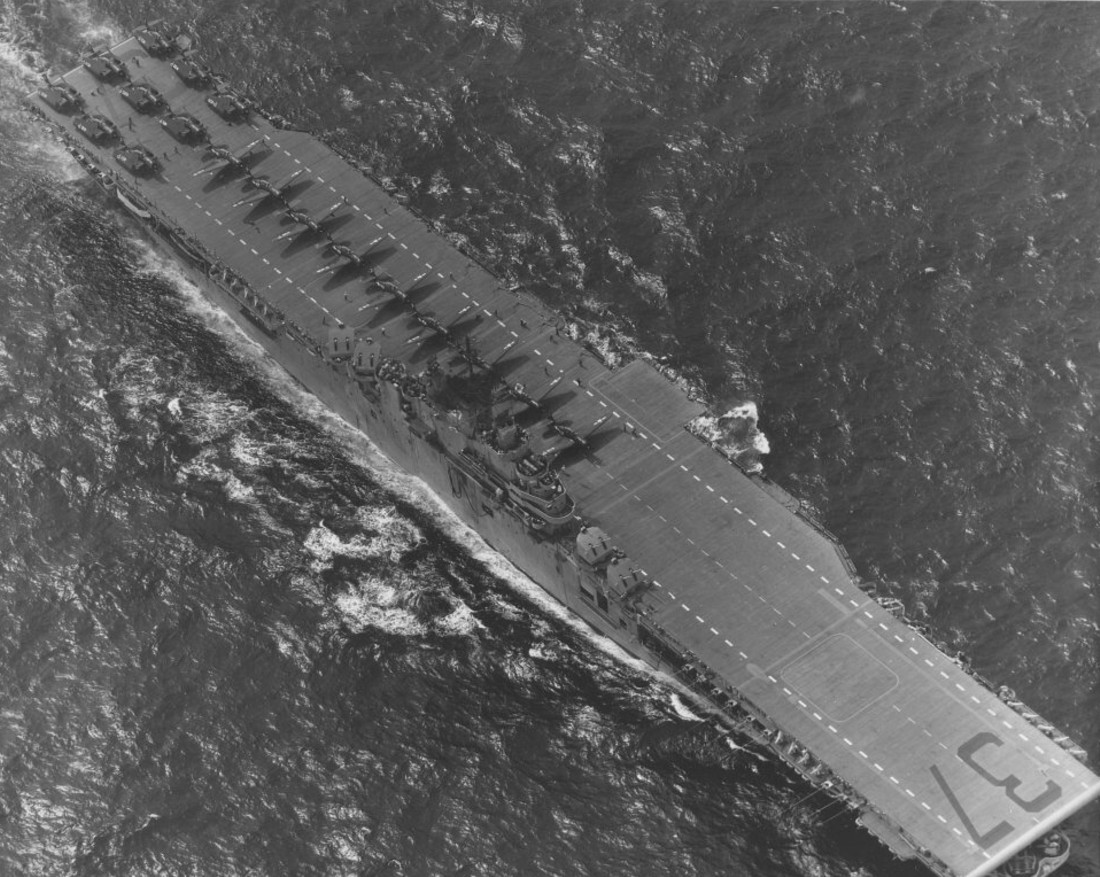 1946-47  1946 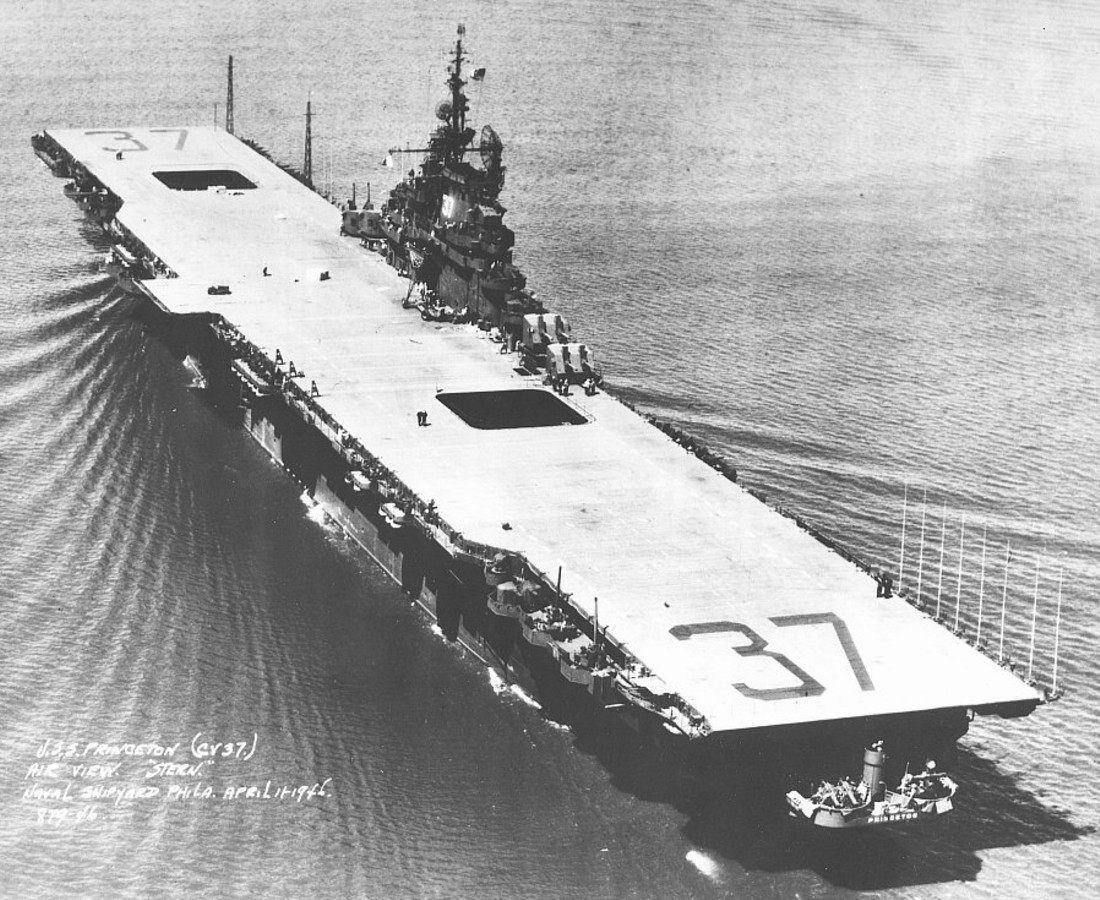 1946 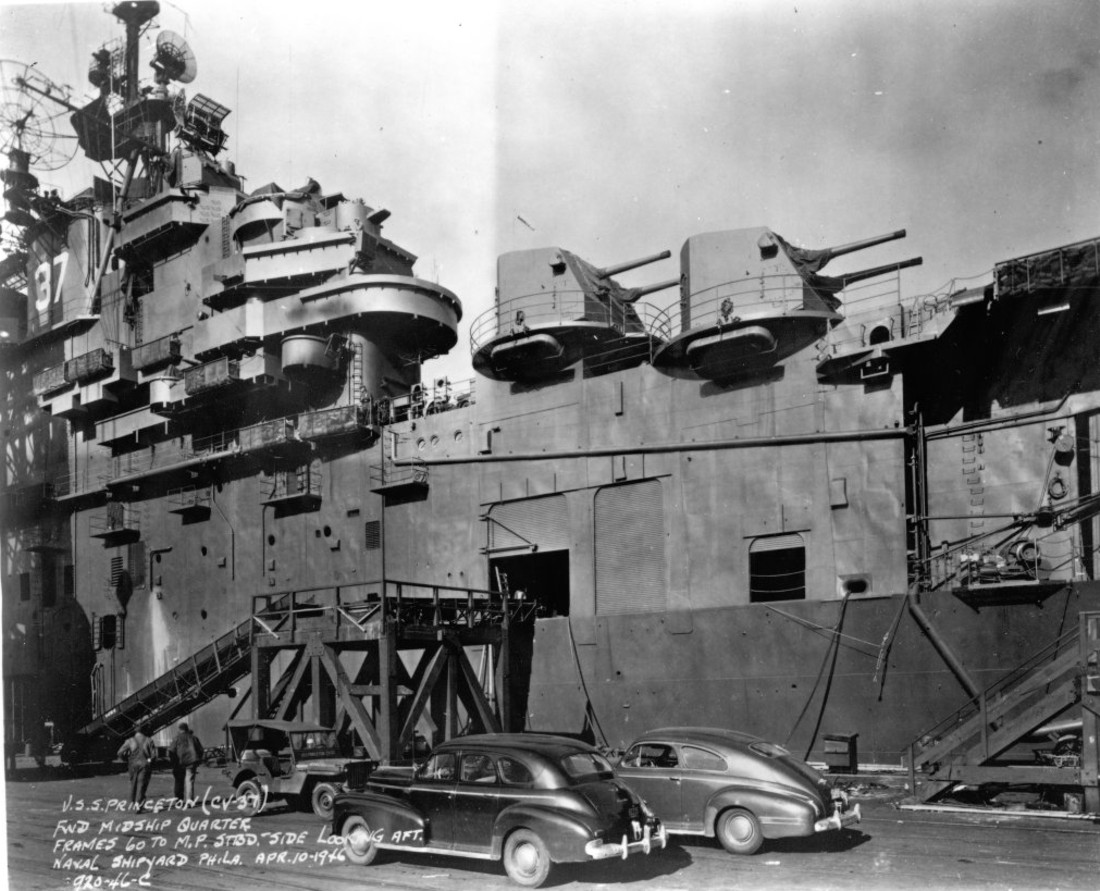 1946 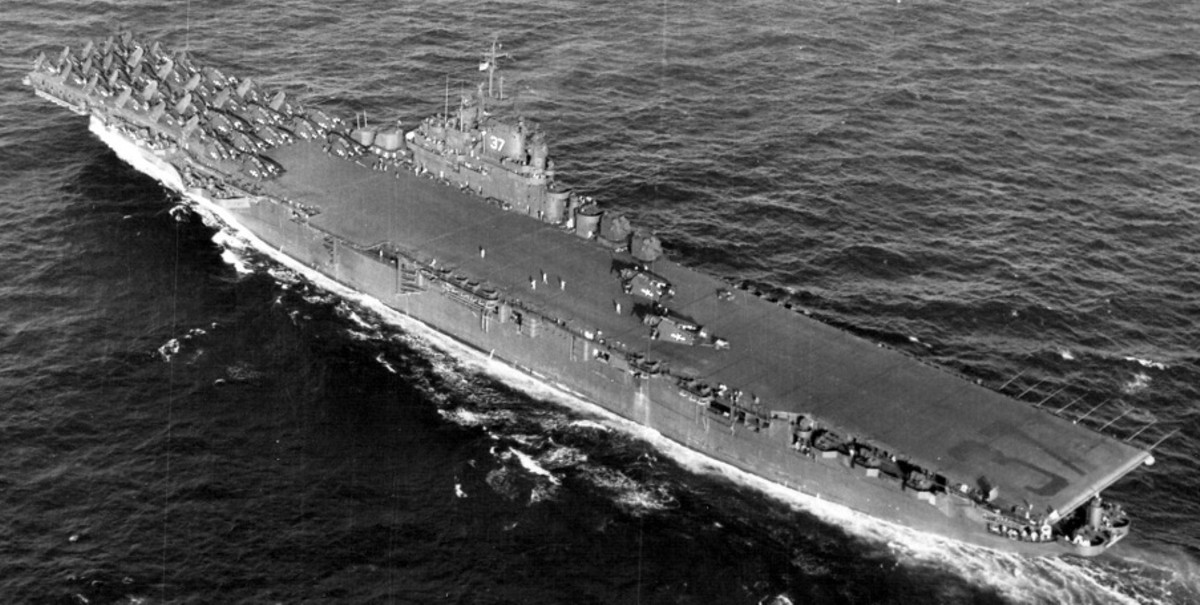 1946  circa 1946 |
||
|
USS Princeton (CV / CVA / CVS 37 -
LPH 5): CV-37 was laid down as Valley Forge at the Philadelphia Navy Yard 14 September 1943; renamed Princeton 21 November 1944; launched 8 July 1945; sponsored by Mrs. Harold Dodds; and commissioned 18 November 1945, Capt. John M. Hoskins in command. Following shakedown off Cuba, Princeton, with Air Group 81 embarked, remained in the Atlantic and operated with the 8th Fleet until June 1946. Then transferred to the Pacific Fleet, she arrived at San Diego on the 31st, and departed again 3 July to carry the body of Philippine President Manuel Queson back to Luzon for burial. From Manila Princeton joined the 7th Fleet in the Marianas, becoming flagship of TF 77. During September and October she operated in Japanese and Chinese waters, then returned to the Marianas where she remained until February 1947. Maneuvers in Hawaiian waters preceded her return to San Diego until 15 March. She cruised the west coast, Hawaiian waters, and the western Pacific (1 October-23 December) during 1948. She then prepared for inactivation and on 20 June decommissioned and joined other capital ships in the Pacific Reserve Fleet. Reactivated with the outbreak of hostilities in Korea fifteen months later, Princeton recommissioned 28 August 1950. Intensive training refreshed her reservist crew and on 5 December she joined TF 77 off the Korean coast, her planes and pilots (Air Group 19) making possible the reinstitution of jet combat air patrols over the battle zone. She launched 248 sorties against targets in the Hagaru area to announce her arrival, and for the next six days continued the pace to support marines fighting their way down the long, cold road from the Chosin Reservoir to Hungnam. By the 11th, all units had reached the staging area on the coast. Princeton-s planes with other Navy, Marine, and Air Force squadrons then covered the evacuation from Hungnam through its completion on the 24th. Interdiction missions followed and by 4 April Princeton-s planes had rendered 54 rail and 37 highway bridges inoperable and damaged 44 more. In May they flew against the railroad bridges connecting Pyongyang with Sunchon, Sinanju, Kachon, and the transpeninsula line. Next they combined close air support with raids on power sources in the Hwachon Reservoir area and with the stabilization of the front there resumed interdiction. For much of the summer they pounded supply arteries, concentrating on highways, and in August Princeton got underway for the United States, arriving at San Diego on the 21st. Eight months later, on 30 April 1952, Princeton rejoined TF 77 in the combat zone. For 138 days her planes flew against the enemy. They sank small craft to prevent the recapture of offshore islands; blasted concentrations of supplies, facilites, and equipment behind enemy lines; participated in air-gun strikes on coastal cities; pounded the enemy-s hydroelectric complex at Suiho on the Yalu to turn off power on both sides of that river; destroyed gun positions and supply areas in Pyongyan; and closed mineral processing plants and munitions factories at Sindok, Musan, Aoji, and Najin. Reclassified CVA-37 (I October 1952), Princeton returned to California 3 November for a two month respite from the western Pacific. In February 1953 she was back off the Korean coast and until the end of the conflict launched planes for close air support, -Cherokee- strikes against supply, artillery, and troop concentrations in enemy territory- and against road traffic. She remained in the area after the truce, 27 July, and on 7 September got underway for San Diego. In January 1954, Princeton was reclassified CVS-37 and, after conversion at Bremerton, took up antisubmarine/Hunter-Killer (HUK) training operations in the eastern Pacific. For the next five years she alternated HUK exercises off the west coast with similar operations in the western Pacific and, in late 1957-early 1958, in the Indian OceanPersian Gulf area. Reclassified again, 2 March 1959, she emerged from conversion as an amphibious assault carrier, LPH-5. Capable of transporting a battalion landing team and carrying helicopters in place of planes, Princeton's mission became that of vertical envelopment, the landing of Marines behind enemy beach fortifications and providing logistics and medical support as they attack from the rear to seize critical points, cut enemy supplies, sever communications, and link up with assault forces landed on the beaches. From May until January, 1960, Princeton trained with Marine units from Camp Pendleton, then deployed to WestPac to train in Okinawan waters. For the next three years she followed a similar schedule, gaining experience in her primary mission. Interruptions came in October 1961 when she rescued survivors of merchantmen Pioneer, Muse and Sheik grounded on Daito Shims, and in April 1962 when she delivered Marine Corps advisors and helicopters to Soc Trang in the Mekong Delta area of the Republic of South Vietnam. In October 1964 Princeton exchanged WestPac training for the real thing as she returned to Viet Nam and joined the Pacific Fleet's Ready Group in operations against North VietNamese and Viet Cong forces. Combat operations, interrupted in November for flood relief work, continued into the new year, 1965, and culminated in May off Chu Lai as she carried out her primary mission, vertical envelopment, for the first time in combat. Returning to her homeport, Long Beach, after that operation, she transported Marine Air Group 36 to Viet Nam in August, and in February 1966 got underway for another tour in the combat zone. Relieving Okinawa as flagship for the Amphibious Ready Group, she engaged the enemy in operations "Jackstay," 26 March-6 April, to clear the Rung Sat Special Zone of Viet Cong guerillas, and "Osage" 27 April-4 May, to protect Viet-Namese in the Phu Loc area from Viet Cong "harassment." Search and destroy missions against Viet Cong and North Vietnamese Army units followed as Princeton provided transportation, medical evacuation, logistics and communication support for the amphibious operation "Deckhouse I," 18-27 June, in the Song Cau district and the Song Cai river valley, then supported 1st Air Cavalry and 101st Airborne units engaged in Nathan Hale to the south of the "Deckhouse I" area. "Deckhouse II" and support for "Hastings" followed as Navy, Marine, and Army units again combined, this time to impede enemy infiltration from the DMZ. After "Hastings," Princeton sailed for home, arriving 2 September. She deployed again to Viet Nam 30 January-19 June 1967 and again ranged along that long embattled, highly indented coast. In March she assisted in countering an enemy threat to the Marine artillery base at Gio Ling and evacuated wounded from Con Thien mountain. In April she participated in "Beacon Star," in the Khe Sanh area, and supported search and destroy operations in conjunction with "Shawnee." In May her helicopters lifted Marines to the DMZ to block enemy forces withdrawing across the Ben Hai river. A much needed overhaul followed Princeton-s return to the west coast and in May 1968 she again sailed west to Viet Nam. There, as flagship for Amphibious Ready Group Alpha, she provided amphibious assault carrier services for operations "Fortress Attack" III and IV, "Proud Hunter," "Swift Pursuit," and "Eager Hunter." In December she returned to the United States and in April, 1969 she was designated the prime recovery ship for Apollo 10, the lunar mission which paved the way for Apollo II and the first landing on the moon. Completing that mission successfully, Princeton resumed exercises off the west coast. Princeton received 8 battle stars for service during the Korean Conflict. source: US NHHC - - - - - another history: USS Princeton (CV/CVA/CVS-37, LPH-5) was one of 24 Essex-class aircraft carriers built during and shortly after World War II for the United States Navy. The ship was the fifth US Navy ship to bear the name, and was named for the Revolutionary War Battle of Princeton. Princeton was commissioned in November 1945, too late to serve in World War II, but saw extensive service in the Korean War, in which she earned eight battle stars, and the Vietnam War. She was reclassified in the early 1950s as an attack carrier (CVA), then as an Antisubmarine Aircraft Carrier (CVS), and finally as an amphibious assault ship (LPH), carrying helicopters and marines. One of her last missions was to serve as the prime recovery ship for the Apollo 10 space mission. Although she was extensively modified internally as part of her conversion to an LPH, external modifications were minor, so throughout her career Princeton retained the classic appearance of a World War II Essex-class ship. She was decommissioned in 1970, and sold for scrap in 1971. Construction and commissioning: The ship was laid down as Valley Forge - one of the "long-hull" Essex class - on 14 September 1943 at the Philadelphia Navy Yard. She was renamed Princeton on 21 November 1944 to commemorate the light carrier USS Princeton (CVL-23), which was lost at the Battle of Leyte Gulf on 24 October 1944. The new Princeton was launched on 8 July 1945, sponsored by Mrs. Harold Dodds, and commissioned on 18 November 1945, Captain John M. Hoskins in command. Attack carrier (1945-1954): Following shakedown off Cuba, Princeton - with Air Group 81 embarked - remained in the Atlantic and operated with the 8th Fleet until June 1946. Then transferred to the Pacific Fleet, she arrived at San Diego, departing again on 3 July 1946 to carry the body of Philippine President Manuel L. Quezon back to Manila for burial. From Manila, Princeton joined the 7th Fleet in the Marianas, becoming flagship of Task Force 77 (TF 77). In September and October 1946, she operated in Japanese and Chinese waters, then returned to the Mariana Islands where she remained until February 1947. In 1947 she had Carrier Air Group 13 on board, and in October 1948 evacuated dependents from Tsingtao, returned to San Diego Dec 1948 and unloaded CAG13 Maneuvers in Hawaiian waters preceded her return to San Diego until 15 March. She cruised the West Coast, Hawaiian waters, and the Western Pacific (1 October - 23 December) in 1948. She then prepared for inactivation, and on 20 June decommissioned and joined other capital ships in the Pacific Reserve Fleet. Korean War: Reactivated with the outbreak of hostilities in Korea 15 months later, Princeton recommissioned on 28 August 1950. Intensive training refreshed her Reservist crew, and on 5 December she joined TF 77 off the Korean coast, her planes and pilots (Air Group 19) making possible the reinstitution of jet combat air patrols over the battle zone. She launched 248 sorties against targets in the Hagaru area to announce her arrival, and for the next six days continued the pace to support Marines fighting their way down the long, cold road from the Chosin Reservoir to Hungnam. By the 11th, all units had reached the staging area on the coast. Princeton's planes, with other Navy, Marine, and Air Force squadrons, then covered the evacuation from Hungnam through its completion on the 24th. Interdiction missions followed, and by 4 April Princeton's planes had rendered 54 rail and 37 highway bridges inoperable and damaged 44 more. In May, they flew against the railroad bridges connecting Pyongyang with Sunchon, Sinanju, Kachon, and the trans-peninsula line. Next, they combined close air support with raids on power sources in the Hwachon Reservoir area and, with the stabilization of the front there, resumed interdiction. For much of the summer they pounded supply arteries, concentrating on highways, and in August Princeton got underway for the U.S., arriving at San Diego on the 29th, after collecting Destroyer Division 51 at Pearl Harbor. On 30 April 1952, Princeton rejoined TF 77 in the combat zone. For 138 days, her planes flew against the enemy. They sank small craft to prevent the recapture of offshore islands; blasted concentrations of supplies, facilities, and equipment behind enemy lines, participated in air-gun strikes on coastal cities, pounded the enemy's hydroelectric complex at Suiho on the Yalu River to turn off power on both sides of that river, destroyed gun positions and supply areas in Pyongyang; and closed mineral processing plants and munitions factories at Sindok, Musan, Aoji, and Najin. Reclassified CVA-37 (1 October 1952), Princeton returned to California on 3 November for a two-month respite from the western Pacific. In February 1953, she was back off the Korean coast and until the end of the conflict launched planes for close air support, "Cherokee" strikes against supply, artillery, and troop concentrations in enemy territory, and against road traffic. She remained in the area after the truce on 27 July, and on 7 September got underway for San Diego. Anti-submarine carrier (1954-1959): In January 1954, Princeton was reclassified CVS-37 and, after conversion at Bremerton, Washington, took up antisubmarine/ Hunter-Killer (HUK) training operations in the eastern Pacific. For the next five years she alternated HUK exercises off the West Coast with similar operations in the western Pacific and, in late 1957-early 1958, in the Indian Ocean - Persian Gulf area. Amphibious assault carrier (1959-1970): Reclassified again, 2 March 1959, she emerged from conversion as an amphibious assault carrier, LPH-5. Capable of transporting a battalion landing team and carrying helicopters in place of planes, Princeton's mission became that of vertical envelopment - the landing of Marines behind enemy beach fortifications and providing logistics and medical support as they attack from the rear to seize critical points, cut enemy supplies, sever communications, and link up with assault forces landed on the beaches. Since this was a Marine Corps mission, Marines made up a major portion of the ship's company in the Air, Operations, and Supply Departments. From May 1959 - January 1960, Princeton trained with Marine units from Camp Pendleton, then deployed to WestPac to train in Okinawan waters. For the next three years, she followed a similar schedule, gaining experience in her primary mission. Interruptions came in October 1961 when she rescued 74 survivors of two merchantmen Pioneer Muse and Sheik grounded on Kita Daito Shima and in April 1962 when she delivered Marine Corps advisors and helicopters to Sóc Trăng in the Mekong Delta area of the Republic of Vietnam (South Vietnam). From September–November 1962, Princeton served as flagship of Joint Task Force 8 during the nuclear weapons test series, Operation Dominic. Vietnam War: In October 1964, Princeton exchanged WestPac training for the real thing as she returned to Vietnam and joined the Pacific Fleet's Ready Group in operations against North Vietnamese and Viet Cong (VC) forces. Combat operations, interrupted in November for flood relief work, continued into the new year, 1965, and culminated in May off Chu Lai as she carried out her primary mission, vertical envelopment, for the first time in combat. Returning to her homeport, Long Beach, California, Princeton visited San Francisco, Puget Sound, and Hawaii as part of the 1965 Pacific Midshipman Training Squadron. She then transported Marine Aircraft Group 36 to Vietnam in August, and in February 1966 got underway for another tour in the combat zone. Relieving Okinawa as flagship for the Amphibious Ready Group, she engaged the enemy in operations Jackstay, 26 March - 6 April, to clear the Rung Sat Special Zone of Viet Cong guerrillas, and Osage, 27 April - 4 May, to protect Vietnamese in the Phu Loc area from VC harassment. Search and destroy missions against Viet Cong and People's Army of Vietnam units followed as Princeton provided transportation, medical evacuation, logistics and communication support for the amphibious operation Deckhouse I, 18 - 27 June, in the Song Cau district and the Song Cai river valley, then supported 1st Cavalry and 101st Airborne units engaged in Operation Nathan Hale to the south of the Deckhouse I area. Operation Deckhouse II and support for Operation Hastings followed as Navy, Marine, and Army units again combined, this time to impede enemy infiltration from the DMZ. After Operation Hastings, Princeton sailed for home, arriving on 2 September. She deployed again to Vietnam from 30 January - 19 June 1967, and again ranged along the coast. In March, she assisted in countering an enemy threat to the Marine artillery base at Gio Linh and evacuated wounded from Con Thien. In April, she participated in Operation Beacon Star, in the Khe Sanh area, and supported search and destroy operations in conjunction with Operation Shawnee. In May, her helicopters lifted Marines to the DMZ to block enemy forces withdrawing across the Bến Hải River. A much-needed overhaul followed Princeton's return to the west coast, and in May 1968 she again sailed west to Vietnam. There, as flagship for Amphibious Ready Group Alpha, she provided amphibious assault carrier services for operations Fortress Attack III and IV, Proud Hunter, Swift Pursuit, and Eager Hunter. In December, she returned to the United States and in April 1969 she was designated the prime recovery ship for Apollo 10, the lunar mission which paved the way for Apollo 11 and the first manned landing on the Moon. Apollo 10 was recovered in the South Pacific on 26 May. Decommissioning: On 30 January 1970, Princeton was decommissioned and struck from the Naval Vessel Register, and sold for scrapping to Zidell Explorations Inc., Portland in September 1972 by Defense Reutilization and Marketing Service. source: wikipedia |
||
|
The Battle of Princeton ... was a battle of the American Revolutionary War, fought near Princeton, New Jersey on January 3, 1777, and ending in a small victory for the Colonials. General Lord Cornwallis had left 1,400 British troops under the command of Lieutenant Colonel Charles Mawhood in Princeton. Following a surprise attack at Trenton early in the morning of December 26, 1776, General George Washington of the Continental Army decided to attack the British in New Jersey before entering the winter quarters. On December 30, he crossed the Delaware River back into New Jersey. His troops followed on January 3, 1777. Washington advanced to Princeton by a back road, where he pushed back a smaller British force but had to retreat before Cornwallis arrived with reinforcements. The battles of Trenton and Princeton were a boost to the morale of the patriot cause, leading many recruits to join the Continental Army in the spring. After defeating the Hessians at the Battle of Trenton on the morning of December 26, 1776, Washington withdrew back to Pennsylvania. He subsequently decided to attack the British forces before going into winter quarters. On December 29, he led his army back into Trenton. On the night of January 2, 1777, Washington repulsed a British attack at the Battle of the Assunpink Creek. That night, he evacuated his position, circled around General Cornwallis' army, and went to attack the British garrison at Princeton. On January 3, Brigadier General Hugh Mercer of the Continental Army clashed with two regiments under the command of Mawhood. Mercer and his troops were overrun, and Mercer was mortally wounded. Washington sent a brigade of militia under Brigadier General John Cadwalader to help them. The militia, on seeing the flight of Mercer's men, also began to flee. Washington rode up with reinforcements and rallied the fleeing militia. He then led the attack on Mawhood's troops, driving them back. Mawhood gave the order to retreat, and most of the troops tried to flee to Cornwallis in Trenton. In Princeton, Brigadier General John Sullivan encouraged some British troops who had taken refuge in Nassau Hall to surrender, ending the battle. After the battle, Washington moved his army to Morristown, and with their third defeat in 10 days, the British evacuated Central Jersey. The battle (while considered minor by British standards) was the last major action of Washington's winter New Jersey campaign. |
||
| patches + more | ||
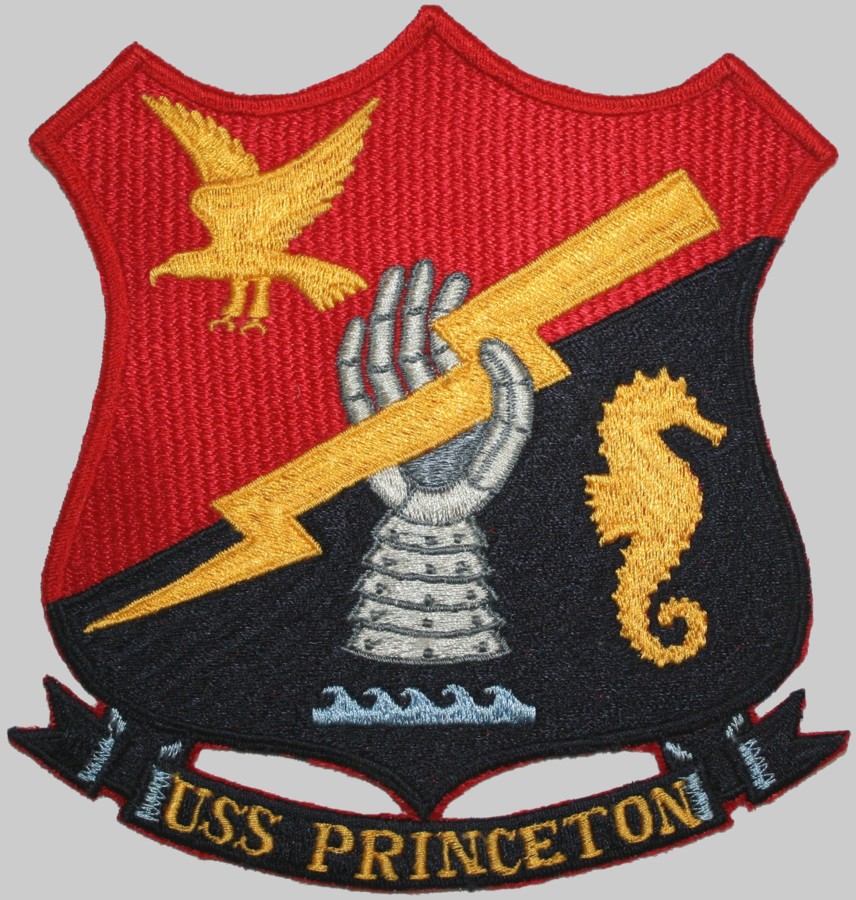 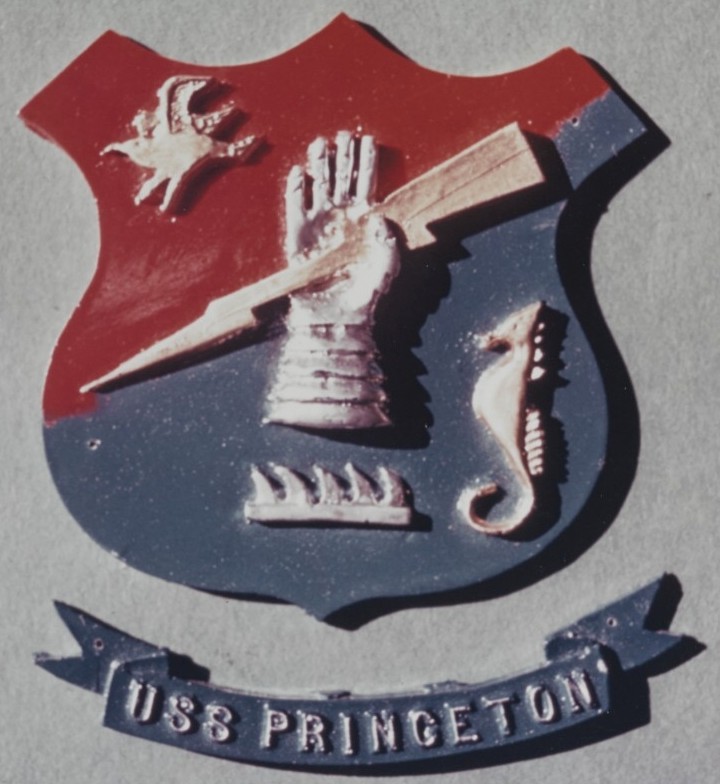 |
||
|
|
seaforces.org |
USN ships
start page | |
